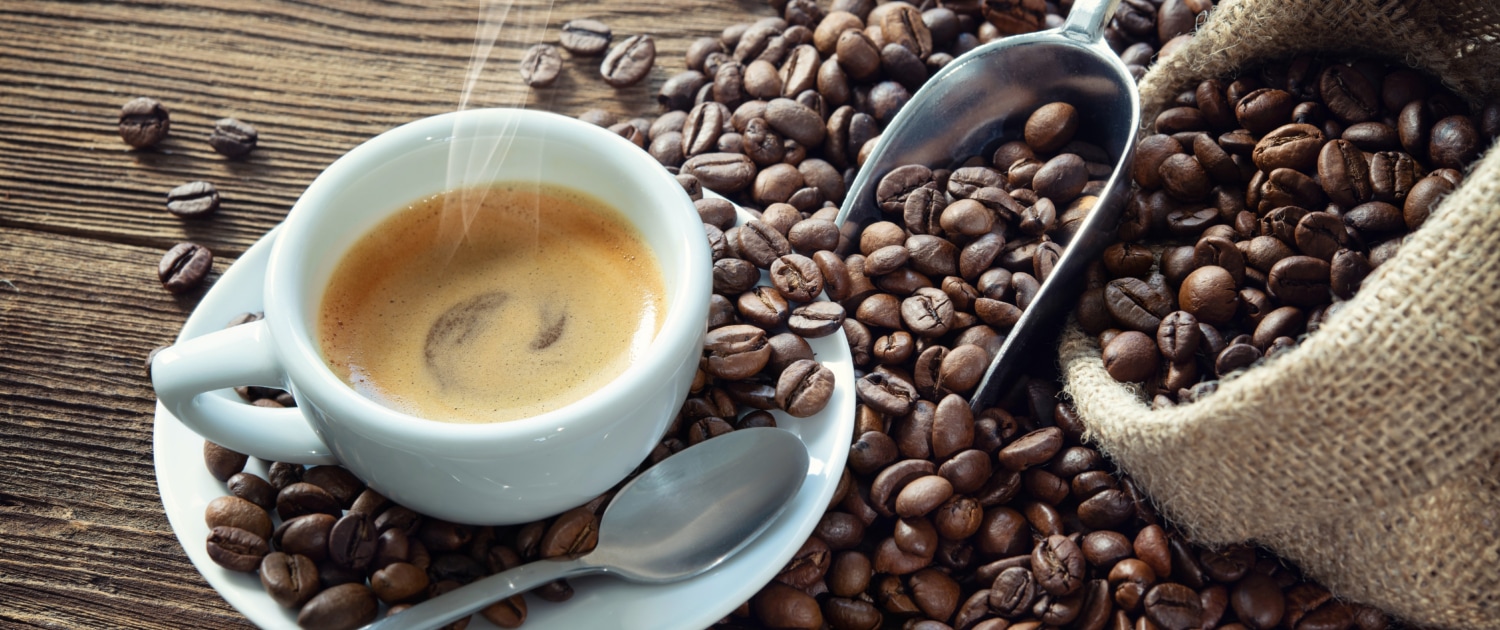Coffee Basics
– Everything to Know About Types, Roasts & Storage –
Many people have one thing in common every morning.
One of the first things they will do is drink and enjoy an energizing cup of coffee. Nowadays, you can find the dark, empowering liquid all around the entire world.
In fact, coffee is one of the most popular beverages in our modern world. It can proudly look back on a rich and fascinating history of itself. And, it is further growing and re-innovating itself with every new day on the horizon.
There are literally hundreds of different drinks you can try and make yourself. From the most popular versions to rather unique and strange drinks.
Plus, coffee comes with a lot of great health benefits. Some coffee lovers even say that it makes them happier and live longer.
Naturally, coffee is a brewed beverage. You are essentially making it from the roasted seeds of the coffee plant, or simply coffee beans, as we all commonly call them.
Furthermore, the coffee plant predominantly grows in the subtropical regions of America, Africa and Asia.
This article will help us to reach a broader and hopefully better understanding of the coffee basics and everything surrounding these.
Here is an overview of coffee types, roasts and how to properly store it.
-
Types & Varieties of the Coffee Bean
The Coffee Bean
Once farmers harvested the coffee berries of the plant, the fruit’s flesh is being removed and discarded. Only the seeds are left and further processed.
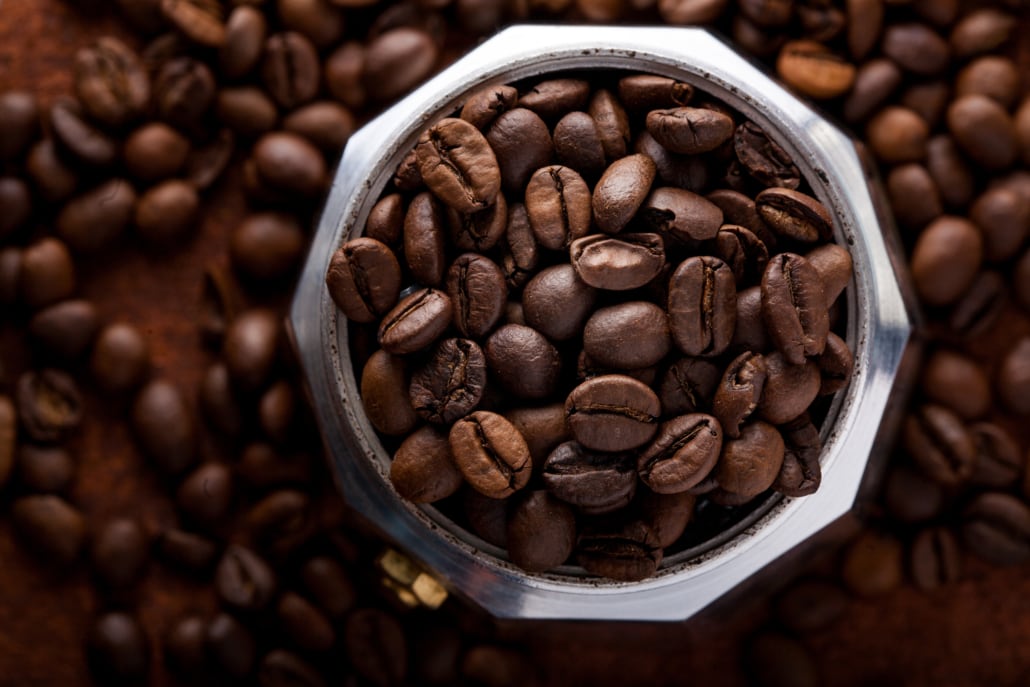
If you would like to learn more about the entire coffee journey and its various processing steps, then please click here.
In general and before roasting our coffee beans, they do have a grey-green color. And therefore, the beans are typically referred to as simply green coffee.
Furthermore, because the green and unroasted coffee is more shelf-stable and durable, coffee traders commonly sell and ship it across the world at this point.
The coffee bean can greatly vary in its actual size, shape and color.
This mostly depends on the region and conditions in which the coffee was growing. Moreover, when tasting and working with different types and varieties from all over the world, you can experience a wide range of unique flavors and aromas.
This allows us to experiment and try different varietals. So, we can discover the possibly best bean type according to our very own preference.
Overall, the great majority of most regional varietals fall into two main categories. And, these would be Arabica and Robusta coffee, which basically dominate today’s entire world market of coffee.
Arabica Coffee
Approximately 60% all of world’s coffee is coming from Arabica beans. Whereas, the remaining 40% are roughly originating from Robusta beans.
Typically, coffee drinkers consider Arabica coffee to be superior to Robusta.
Because, it normally has a more delicate flavor for most coffee consumers. And, it also has lower acidity, which many people prefer.
In addition, Arabica coffee beans usually grow at higher altitudes than Robusta beans. This can make them more costly and difficult to grow. But, coffee farmers and traders also able to sell these high-demand beans from these more labor-intensive and low-yield plants for a higher price.
Usually, Arabica coffee stands for good quality and supreme taste. Hence, it is more expensive.
This article will share more insights and the main differences between Arabica and Robusta coffee beans with you.
Robusta Coffee
However, this doesn’t mean that Robusta coffee is generally worse quality and worse tasting coffee. In fact, there are many great tasting Robusta varieties out there as well.
Commonly, Robusta coffee tends to have a more acidic and harsh flavor than most Arabica types in comparison.
Plus, the variety naturally comes with higher levels of caffeine.
Furthermore, coffee farmers can grow Robusta at lower altitudes, in hotter climates, and with less moisture.
All in all, we can say that the Robusta coffee plant and its beans are more robust.
Since it is easier and cheaper to grow Robusta and since the type generally has a less desirable flavor, you can usually find Robusta coffee products at a lower price than Arabica beans.
In fact, most mass-market commercial beans come from the Robusta variety. Especially the majority of instant coffee products are made of this type.
For more information, you can read further about Arabica here. And, more about Robusta coffee in this article.
-
Roasting Coffee & Levels
Before we can brew and drink our coffee, we must prepare and roast our green coffee beans, first.
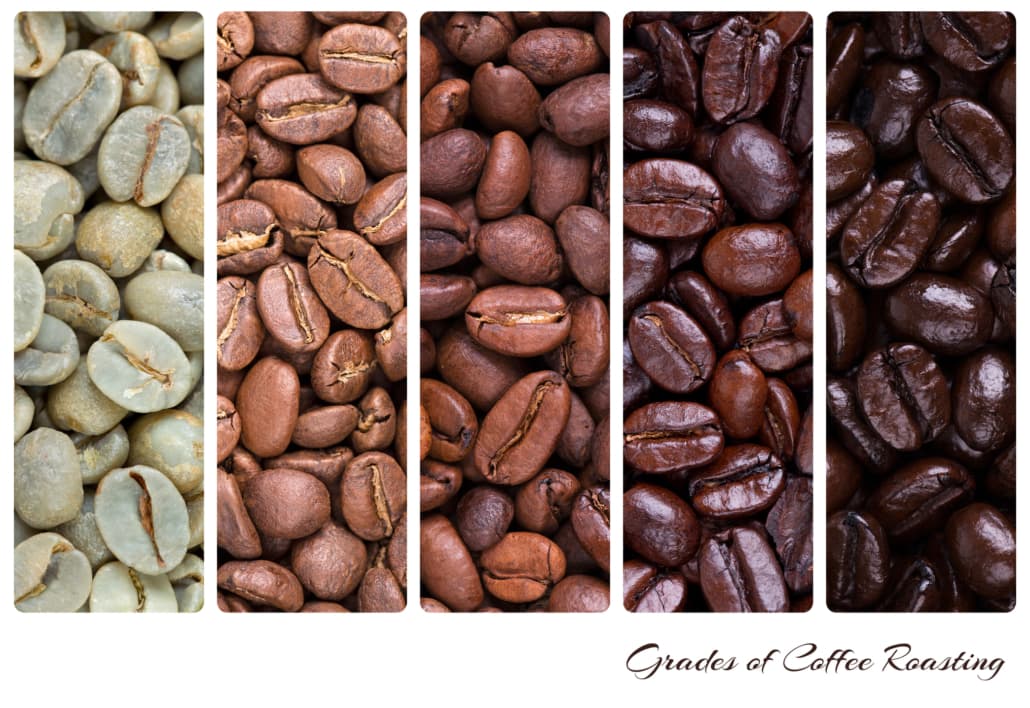
Commonly, we are roasting coffee beans with dry heat. And, we are doing this with constant agitation or stirring in order to ensure an even process of heating.
The range of roasts and its particular roast levels can vary from a rather light and golden brown, all the way to a dark or even almost black color appearance.
In fact, the exact amount of chosen roasting time has quite a significant effect on the final flavor, aroma, and also the color of the brewed coffee.
Overall, there is a great variety of roast levels. However, you can basically group them into three main categories. And, these would be light, medium and dark.
Roast Levels
-
Light
Coffee lovers usually say that light roasts are providing the lightest, most delicate flavors. Plus, they can often be more acidic.
In general, the longer you are roasting your coffee beans the lesser flavor remains in them.
Therefore, light roasted coffee beans commonly allow the original flavor of the coffee bean to shine through the most.
That is also why the majority of high-quality, premium beans or varieties are often roasted lightly. So, we can still taste and experience the very unique and original flavor of these types.
In addition, light roasted coffee beans rather appear to be dry. Because they have not been heated to the point where the oil is extracted from the beans yet.
Popular varieties of light roast levels include Cinnamon, American, Half-City, and New England Roasts, for example.
-
Medium
Typically, when you are medium-roasting beans they will have a chocolate brown color, dry surface and full flavor.
In addition, these beans have less acidity. Plus, they are usually slightly sweet and have a toasty flavor.
Many people find medium –roasted coffee to provide the best balanced flavor and acidity. Hence, it is the most popular roast within the major commercial coffee market. Some of the most popular medium roasts are Full City, Breakfast or Regular Roast.
-
Dark
When making dark-roasted coffee, you are basically roasting your beans until the sugars inside begin to caramelize. And, the oils will begin to rise to the surface of the bean as well.
The eventual look and taste depends of the degree of darkness. It can either have a slight sheen or an oily appearance in the end.
Generally speaking, the flavor of dark-roasted coffee is quite strong, smoky and sometimes spicy.
Furthermore, you will typically not taste the original and natural coffee bean flavor anymore. In fact, the original flavor of the bean will be overpowered by the roasted flavor itself. Due to the original flavor not having such an impact or importance anymore, lower quality beans are often used for darker roasts.
But, this is not always the case. There are also many premium dark roasts out there. Plus, the very popular Espresso drink and all of its widely consumed drink versions, such as Latte, Cappuccino and Flat White are also usually made with dark roasted coffee.
Common dark roasts are French, Viennese, Italian and Espresso.
-
Blends
Many coffee roasters also like to work with blends, so they can achieve unique flavor profiles.
For this, the roasters will create custom blends with two or more roasting levels. The goal is to provide a depth of flavor and complexity that you cannot achieve with a single roast.
If you would like to learn more about Roast Levels, then you can find the related article here.
-
Caffeine – The Energy Boost
Undoubtedly, many coffee enthusiasts appreciate their daily cup because of the caffeine content inside.

The exact amount of caffeine per cup can vary greatly. It mainly depends on three factors, namely on the type of bean being used, the brewing method and the size of your cup, of course.
In general, caffeine can provide us with many great benefits. However, excessive overconsumption may also lead to health risks and trigger certain withdrawal effects.
This article shows you how much caffeine may actually be too much.
Decaffeination
Out of various reasons though, not every regular coffee consumer likes to have caffeine in his or her cup. Therefore, the alternative of decaf coffee has become a popular beverage option all around the world.
During the process of decaffeination most of the caffeine is removed. But, some trace amounts will still remain.
The international standard for decaffeination requires that 97% of all existing caffeine is being removed for any product you wish to sell on the market. Whereas, the European’s Union standard is even stricter. Here, it is required that no less than 99.9 % is eventually removed before offering to potential customers.
Furthermore, most of the methods of decaffeination more or less follow the same basic principle.
You are soaking the beans in water, first. This allows caffeine and other flavor chemicals to leach out of the beans. After, the extracted liquid is either passing through a filter. Or, you are mixing it with a solvent, which only removes the caffeine but leaves all of the beneficial compounds. Finally, you are re-introducing the now flavor-rich, caffeine deficient solution to the beans again. And, the beans are then reabsorbing it, which gives you decaf coffee in the end.
In addition, you can also find more info about decaf coffee here.
Other Decaffeination Methods or Solutions
Recently, especially the Swiss Water Method is becoming more popular. Because this very unique technique only removes the caffeine inside a bean and nothing else. However, the entire process takes quite long and is more work-intensive.
Besides the main methods, there are also other optional solvents, that can be used during the decaffeination process. For example, these include carbon dioxide, ethyl acetate, or triglycerides.
Overall, each method has its very own advantages and disadvantages. Which one manufacturer may eventually choose for their own production usually depends on matters such as cost, time, labor and the desired effect on the final product flavor.
Quite interestingly, there is also a lot of research about potentially producing coffee plants that do not have caffeine at all in the first place. Technically speaking, these plants would be deficient in the caffeine synthase gene then. And therefore, they would naturally not produce any caffeine themselves.
As a result, this would of course eliminate the need for the decaffeination process. And, it would also not only reduce costs. But, these beans would also keep the original flavor completely intact.
-
How to Store Coffee
Storing your coffee properly will eventually have a great impact on the flavor and taste of your brewed cup.
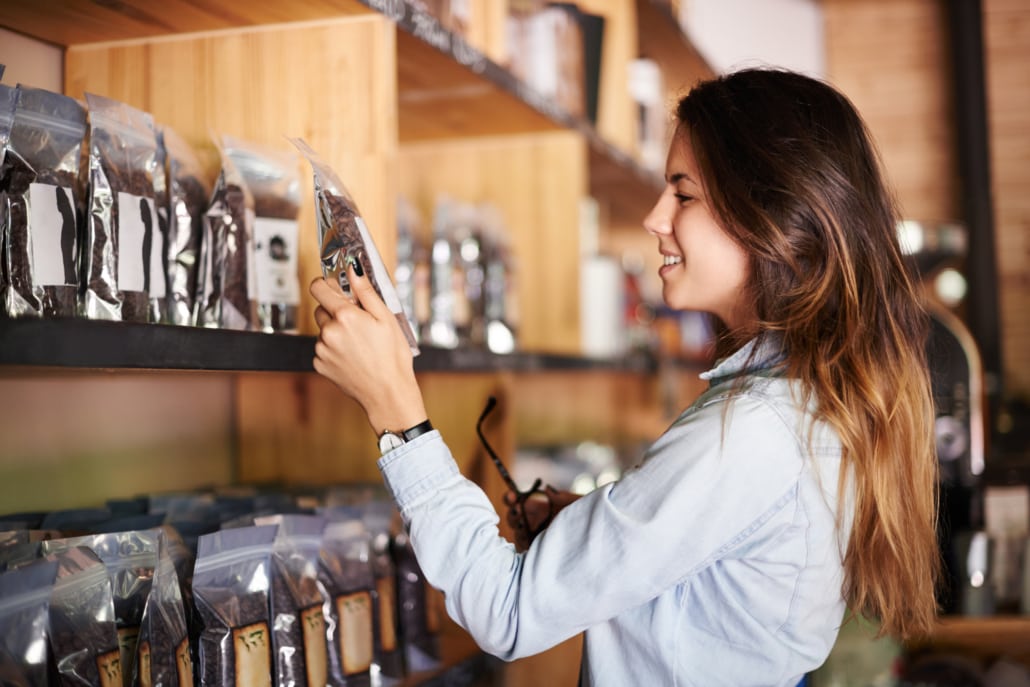
Typically, a coffee’s flavor can lose quality by various factors. For example, these include too much exposure to heat, oxygen, light, and moisture.
That is also why most of the commercial coffee products are sold in vacuum-sealed bags and with one-way valves. This allows gasses to escape while preventing oxygen from entering the bag the same time. As a result, the coffee can be stored much longer and will not lose much of its flavor and aroma over time.
Once you are breaking the seal of your bag though, you need to be extra cautious to further keep your coffee flavorful and fresh.
Ideally, you should store your coffee beans in an airtight container in a cool, dark and dry place.
Some people are favoring and even arguing that keeping coffee beans in your refrigerator or freezer may even be better. However, this can also potentially lead to other issues. There may be too much exposure to circulating air or excess humidity. And, your coffee might absorb flavors from other food.
After you roasted your beans and opened the bag, it is best to use them within the next two weeks.
Therefore, you should maybe always just open as much coffee as you will really need. Plus, you can just further store the rest in sealed bags or proper containers.
When you are enjoying your daily cup of coffee, there are many great ways to even make it super healthy the same.
This article shares some great tips with you. On top, you may also consider trying various milk alternatives and maybe even some interesting natural sugar substitutes.
Final Thoughts – Coffee Basics
Our own created coffee universe is further expanding every day.
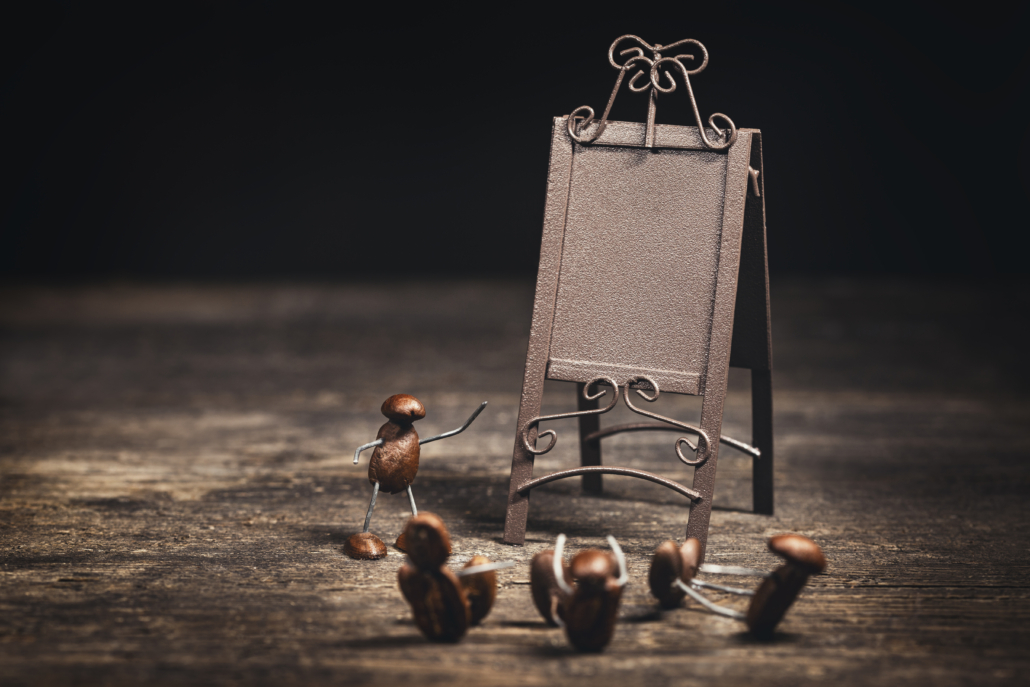
And with it, more research, new creations and varieties, as well as more detailed coffee basics and essentials are entering our daily lives.
These seemingly little, but so empowering, coffee beans are truly remarkable and amazing in many regards.
So, how about you and your thoughts on this?
What other crucial points should be mentioned and considered as coffee basics? What is your favorite coffee drink and type? How do you usually make your coffee?
Do you use any milk, sugar, or other additives? And, how do you store your coffee at home yourself?
Feel free to share your thoughts and experiences with us.
Until then, stay safe, healthy and properly caffeinated.
Cheers!
Related Posts
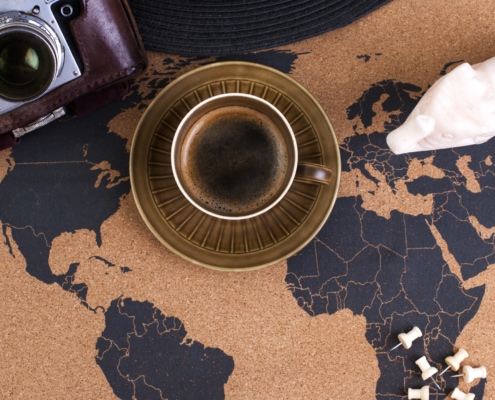 https://www.siamhillscoffee.com/wp-content/uploads/iStock-1074560652.jpg
1414
2121
Siamhillscoffee
https://www.siamhillscoffee.com/wp-content/uploads/coffee-logo.png
Siamhillscoffee2021-04-25 11:37:482021-04-25 11:37:488 Fascinating Facts About The History of Coffee – ‘A Drink For The Devil’ –
https://www.siamhillscoffee.com/wp-content/uploads/iStock-1074560652.jpg
1414
2121
Siamhillscoffee
https://www.siamhillscoffee.com/wp-content/uploads/coffee-logo.png
Siamhillscoffee2021-04-25 11:37:482021-04-25 11:37:488 Fascinating Facts About The History of Coffee – ‘A Drink For The Devil’ –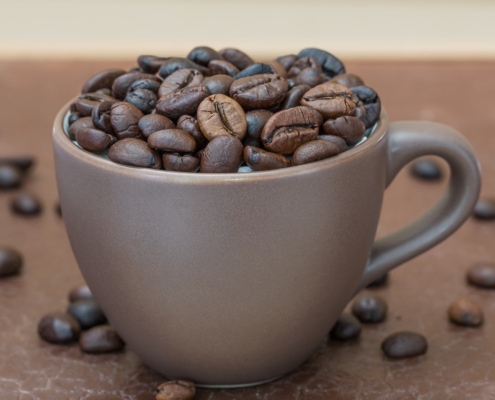 https://www.siamhillscoffee.com/wp-content/uploads/What-is-Liberica-Coffee-–-The-Worlds-Rarest-Coffee-Type-–-1.jpg
1384
2165
Siamhillscoffee
https://www.siamhillscoffee.com/wp-content/uploads/coffee-logo.png
Siamhillscoffee2021-04-25 11:33:222021-04-25 11:33:22What is Liberica Coffee – The World’s Rarest Coffee Type –
https://www.siamhillscoffee.com/wp-content/uploads/What-is-Liberica-Coffee-–-The-Worlds-Rarest-Coffee-Type-–-1.jpg
1384
2165
Siamhillscoffee
https://www.siamhillscoffee.com/wp-content/uploads/coffee-logo.png
Siamhillscoffee2021-04-25 11:33:222021-04-25 11:33:22What is Liberica Coffee – The World’s Rarest Coffee Type –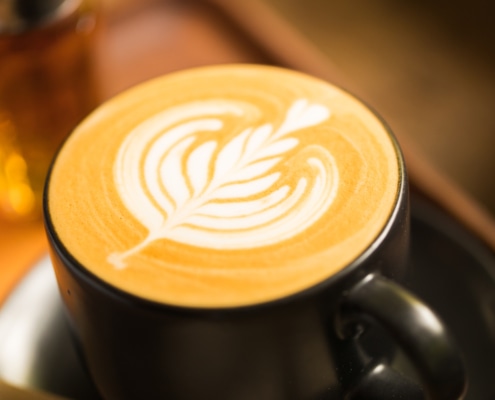 https://www.siamhillscoffee.com/wp-content/uploads/What-is-Latte-Art-–-Its-Fundamentals-History-and-Techniques-–-1.jpg
1414
2121
Siamhillscoffee
https://www.siamhillscoffee.com/wp-content/uploads/coffee-logo.png
Siamhillscoffee2021-04-25 11:28:272021-04-25 11:28:27What is Latte Art – Its Fundamentals, History and Techniques –
https://www.siamhillscoffee.com/wp-content/uploads/What-is-Latte-Art-–-Its-Fundamentals-History-and-Techniques-–-1.jpg
1414
2121
Siamhillscoffee
https://www.siamhillscoffee.com/wp-content/uploads/coffee-logo.png
Siamhillscoffee2021-04-25 11:28:272021-04-25 11:28:27What is Latte Art – Its Fundamentals, History and Techniques –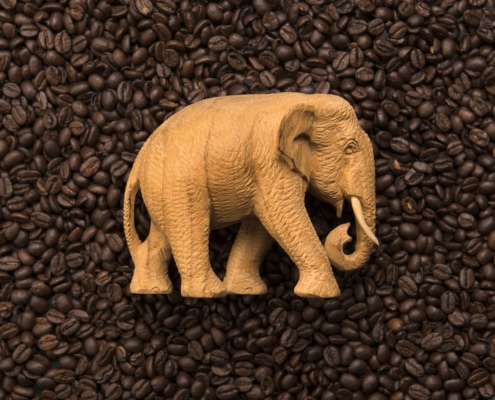 https://www.siamhillscoffee.com/wp-content/uploads/Elephant-coffee-–-The-new-luxury-coffee-–-How-great-is-it-1.jpg
1445
2075
Siamhillscoffee
https://www.siamhillscoffee.com/wp-content/uploads/coffee-logo.png
Siamhillscoffee2021-04-25 11:23:422021-04-25 11:23:42Elephant coffee – The new luxury coffee – How great is it?
https://www.siamhillscoffee.com/wp-content/uploads/Elephant-coffee-–-The-new-luxury-coffee-–-How-great-is-it-1.jpg
1445
2075
Siamhillscoffee
https://www.siamhillscoffee.com/wp-content/uploads/coffee-logo.png
Siamhillscoffee2021-04-25 11:23:422021-04-25 11:23:42Elephant coffee – The new luxury coffee – How great is it?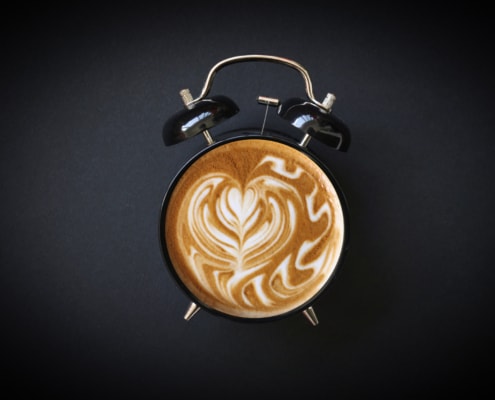 https://www.siamhillscoffee.com/wp-content/uploads/What-is-Caffeine-–-Is-it-Good-or-Bad-for-Your-Health-–-1.jpg
1414
2121
Siamhillscoffee
https://www.siamhillscoffee.com/wp-content/uploads/coffee-logo.png
Siamhillscoffee2021-04-25 11:19:442021-04-25 11:19:44What is Caffeine? – Is it Good or Bad for Your Health –
https://www.siamhillscoffee.com/wp-content/uploads/What-is-Caffeine-–-Is-it-Good-or-Bad-for-Your-Health-–-1.jpg
1414
2121
Siamhillscoffee
https://www.siamhillscoffee.com/wp-content/uploads/coffee-logo.png
Siamhillscoffee2021-04-25 11:19:442021-04-25 11:19:44What is Caffeine? – Is it Good or Bad for Your Health –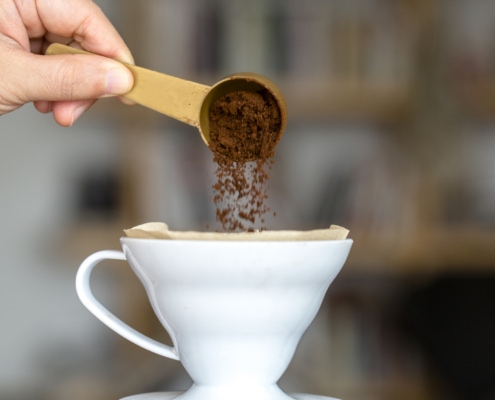 https://www.siamhillscoffee.com/wp-content/uploads/Filter-Coffee-and-Instant-Coffee-–-Whats-the-Difference-–-1.jpg
1414
2121
Siamhillscoffee
https://www.siamhillscoffee.com/wp-content/uploads/coffee-logo.png
Siamhillscoffee2021-04-25 11:15:412021-04-25 11:15:41Filter Coffee and Instant Coffee – What’s the Difference? –
https://www.siamhillscoffee.com/wp-content/uploads/Filter-Coffee-and-Instant-Coffee-–-Whats-the-Difference-–-1.jpg
1414
2121
Siamhillscoffee
https://www.siamhillscoffee.com/wp-content/uploads/coffee-logo.png
Siamhillscoffee2021-04-25 11:15:412021-04-25 11:15:41Filter Coffee and Instant Coffee – What’s the Difference? – https://www.siamhillscoffee.com/wp-content/uploads/How-Much-Caffeine-is-in-a-Cup-of-Coffee-All-You-Need-to-Know-–-1.jpg
1414
2121
Siamhillscoffee
https://www.siamhillscoffee.com/wp-content/uploads/coffee-logo.png
Siamhillscoffee2021-04-25 11:10:082021-04-25 11:10:08How Much Caffeine is in a Cup of Coffee – All You Need to Know –
https://www.siamhillscoffee.com/wp-content/uploads/How-Much-Caffeine-is-in-a-Cup-of-Coffee-All-You-Need-to-Know-–-1.jpg
1414
2121
Siamhillscoffee
https://www.siamhillscoffee.com/wp-content/uploads/coffee-logo.png
Siamhillscoffee2021-04-25 11:10:082021-04-25 11:10:08How Much Caffeine is in a Cup of Coffee – All You Need to Know – https://www.siamhillscoffee.com/wp-content/uploads/Cappuccino-and-Latte-–-Whats-The-Difference-–-1.jpg
1399
2143
Siamhillscoffee
https://www.siamhillscoffee.com/wp-content/uploads/coffee-logo.png
Siamhillscoffee2021-04-25 11:05:382021-04-25 11:11:21Cappuccino and Latte – What’s The Difference –
https://www.siamhillscoffee.com/wp-content/uploads/Cappuccino-and-Latte-–-Whats-The-Difference-–-1.jpg
1399
2143
Siamhillscoffee
https://www.siamhillscoffee.com/wp-content/uploads/coffee-logo.png
Siamhillscoffee2021-04-25 11:05:382021-04-25 11:11:21Cappuccino and Latte – What’s The Difference –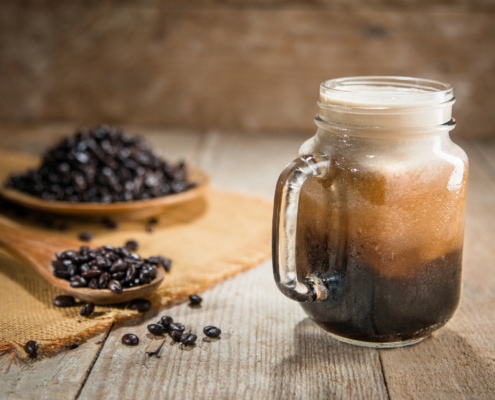 https://www.siamhillscoffee.com/wp-content/uploads/Nitro-Coffee-or-Regular-Coffee-Which-is-Better-–-1.jpg
1414
2121
Siamhillscoffee
https://www.siamhillscoffee.com/wp-content/uploads/coffee-logo.png
Siamhillscoffee2021-04-25 11:01:372021-04-25 11:01:37Nitro Coffee or Regular Coffee – Which is Better –
https://www.siamhillscoffee.com/wp-content/uploads/Nitro-Coffee-or-Regular-Coffee-Which-is-Better-–-1.jpg
1414
2121
Siamhillscoffee
https://www.siamhillscoffee.com/wp-content/uploads/coffee-logo.png
Siamhillscoffee2021-04-25 11:01:372021-04-25 11:01:37Nitro Coffee or Regular Coffee – Which is Better –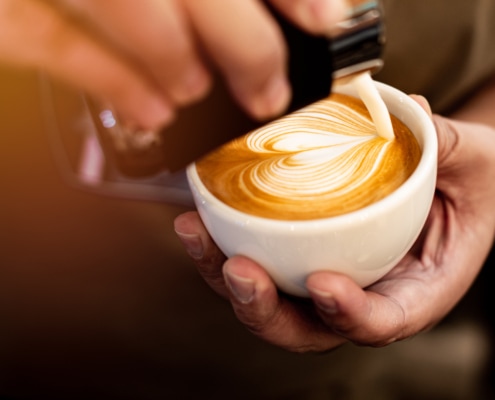 https://www.siamhillscoffee.com/wp-content/uploads/Is-Latte-Art-Good-or-Bad-–-Does-Latte-Art-Make-our-Coffee-Better-or-Worse-–-1.jpg
1412
2122
Siamhillscoffee
https://www.siamhillscoffee.com/wp-content/uploads/coffee-logo.png
Siamhillscoffee2021-04-25 10:57:092021-04-25 11:02:29Is Latte Art Good or Bad? – Does Latte Art Make our Coffee Better or Worse? –
https://www.siamhillscoffee.com/wp-content/uploads/Is-Latte-Art-Good-or-Bad-–-Does-Latte-Art-Make-our-Coffee-Better-or-Worse-–-1.jpg
1412
2122
Siamhillscoffee
https://www.siamhillscoffee.com/wp-content/uploads/coffee-logo.png
Siamhillscoffee2021-04-25 10:57:092021-04-25 11:02:29Is Latte Art Good or Bad? – Does Latte Art Make our Coffee Better or Worse? –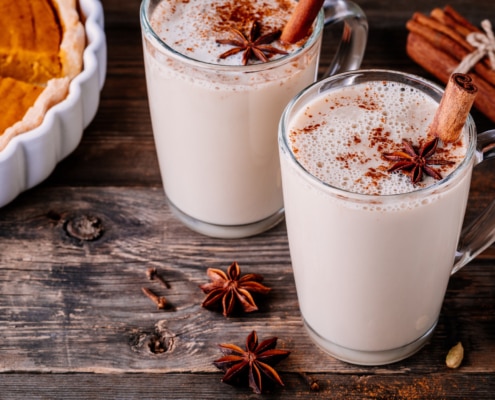 https://www.siamhillscoffee.com/wp-content/uploads/What-is-a-Dirty-Chai-or-Chai-Tea-Latte-–-A-Complete-Overview-–-1.jpg
1414
2121
Siamhillscoffee
https://www.siamhillscoffee.com/wp-content/uploads/coffee-logo.png
Siamhillscoffee2021-04-03 03:00:442021-04-03 03:00:44What is a Dirty Chai or Chai Tea Latte – A Complete Overview –
https://www.siamhillscoffee.com/wp-content/uploads/What-is-a-Dirty-Chai-or-Chai-Tea-Latte-–-A-Complete-Overview-–-1.jpg
1414
2121
Siamhillscoffee
https://www.siamhillscoffee.com/wp-content/uploads/coffee-logo.png
Siamhillscoffee2021-04-03 03:00:442021-04-03 03:00:44What is a Dirty Chai or Chai Tea Latte – A Complete Overview –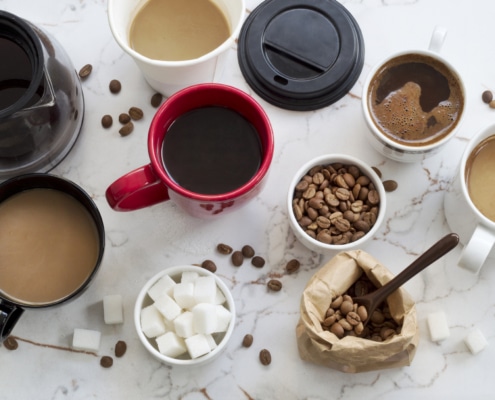 https://www.siamhillscoffee.com/wp-content/uploads/Filter-Coffee-and-Espresso-–-What-is-the-Difference-–-1.jpg
1397
2146
Siamhillscoffee
https://www.siamhillscoffee.com/wp-content/uploads/coffee-logo.png
Siamhillscoffee2021-04-03 02:55:042021-04-03 02:55:04Filter Coffee and Espresso – What is the Difference? –
https://www.siamhillscoffee.com/wp-content/uploads/Filter-Coffee-and-Espresso-–-What-is-the-Difference-–-1.jpg
1397
2146
Siamhillscoffee
https://www.siamhillscoffee.com/wp-content/uploads/coffee-logo.png
Siamhillscoffee2021-04-03 02:55:042021-04-03 02:55:04Filter Coffee and Espresso – What is the Difference? –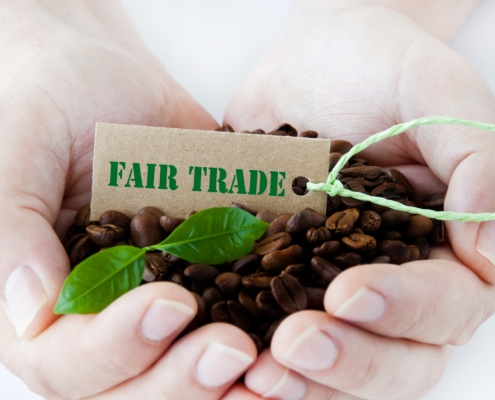 https://www.siamhillscoffee.com/wp-content/uploads/Coffee-and-Fair-Trade-–-Is-Fair-Trade-Coffee-Good-or-Bad-–-1.jpg
1414
2121
Siamhillscoffee
https://www.siamhillscoffee.com/wp-content/uploads/coffee-logo.png
Siamhillscoffee2021-03-21 04:14:092021-03-21 04:14:09Coffee and Fair Trade – Is Fair Trade Coffee Good or Bad? –
https://www.siamhillscoffee.com/wp-content/uploads/Coffee-and-Fair-Trade-–-Is-Fair-Trade-Coffee-Good-or-Bad-–-1.jpg
1414
2121
Siamhillscoffee
https://www.siamhillscoffee.com/wp-content/uploads/coffee-logo.png
Siamhillscoffee2021-03-21 04:14:092021-03-21 04:14:09Coffee and Fair Trade – Is Fair Trade Coffee Good or Bad? –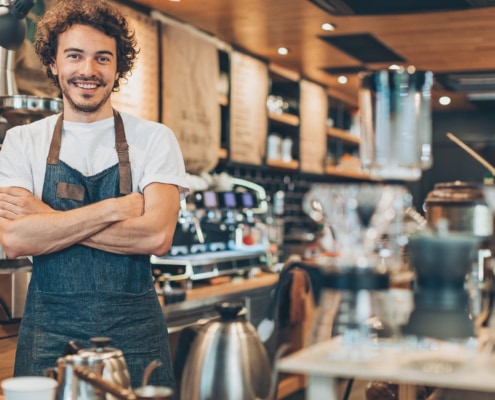 https://www.siamhillscoffee.com/wp-content/uploads/How-To-Open-A-Coffee-Shop-The-Coffee-Shop-Equipment-List-You-Need-1.jpg
1414
2121
Siamhillscoffee
https://www.siamhillscoffee.com/wp-content/uploads/coffee-logo.png
Siamhillscoffee2021-03-21 04:08:192021-03-21 04:08:19How To Open A Coffee Shop – The Coffee Shop Equipment List You Need
https://www.siamhillscoffee.com/wp-content/uploads/How-To-Open-A-Coffee-Shop-The-Coffee-Shop-Equipment-List-You-Need-1.jpg
1414
2121
Siamhillscoffee
https://www.siamhillscoffee.com/wp-content/uploads/coffee-logo.png
Siamhillscoffee2021-03-21 04:08:192021-03-21 04:08:19How To Open A Coffee Shop – The Coffee Shop Equipment List You Need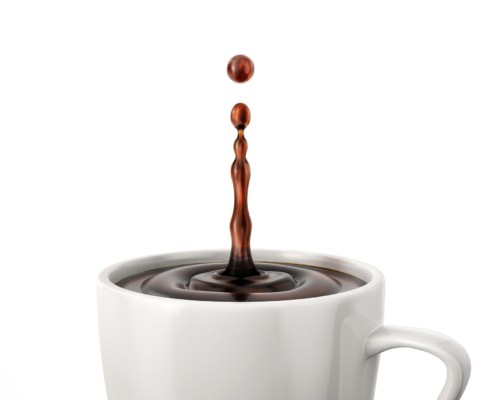 https://www.siamhillscoffee.com/wp-content/uploads/What-is-Red-Eye-Coffee-–-Everything-You-Need-to-Know-About-This-Eye-Opener-–-1.jpg
1414
2121
Siamhillscoffee
https://www.siamhillscoffee.com/wp-content/uploads/coffee-logo.png
Siamhillscoffee2021-03-21 04:01:332021-03-21 04:01:33What is Red Eye Coffee – Everything You Need to Know About This Eye-Opener –
https://www.siamhillscoffee.com/wp-content/uploads/What-is-Red-Eye-Coffee-–-Everything-You-Need-to-Know-About-This-Eye-Opener-–-1.jpg
1414
2121
Siamhillscoffee
https://www.siamhillscoffee.com/wp-content/uploads/coffee-logo.png
Siamhillscoffee2021-03-21 04:01:332021-03-21 04:01:33What is Red Eye Coffee – Everything You Need to Know About This Eye-Opener –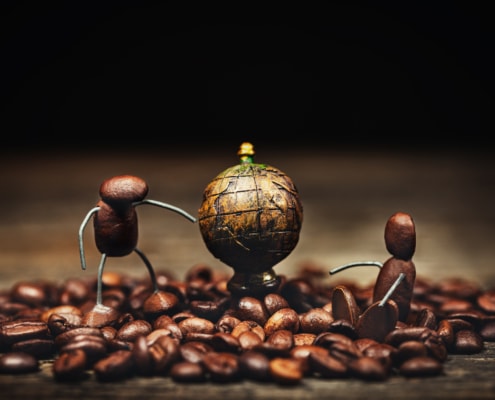 https://www.siamhillscoffee.com/wp-content/uploads/Top-10-Strangest-Coffee-Types-Beans-Special-Coffee-Experiences-–-1.jpg
1414
2121
Siamhillscoffee
https://www.siamhillscoffee.com/wp-content/uploads/coffee-logo.png
Siamhillscoffee2021-03-14 04:07:592021-03-14 04:07:59Top 10 Strangest Coffee Types & Beans – Special Coffee Experiences –
https://www.siamhillscoffee.com/wp-content/uploads/Top-10-Strangest-Coffee-Types-Beans-Special-Coffee-Experiences-–-1.jpg
1414
2121
Siamhillscoffee
https://www.siamhillscoffee.com/wp-content/uploads/coffee-logo.png
Siamhillscoffee2021-03-14 04:07:592021-03-14 04:07:59Top 10 Strangest Coffee Types & Beans – Special Coffee Experiences –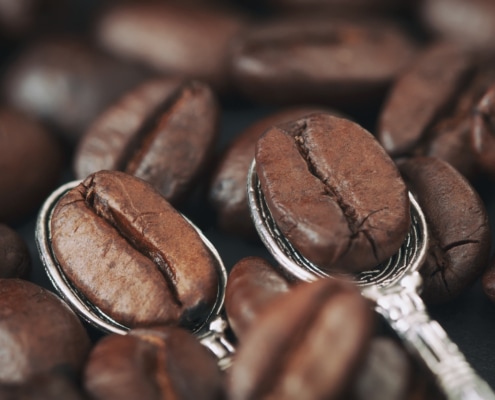 https://www.siamhillscoffee.com/wp-content/uploads/Coffee-and-Antioxidants-A-Complete-Overview-–-1.jpg
1413
2122
Siamhillscoffee
https://www.siamhillscoffee.com/wp-content/uploads/coffee-logo.png
Siamhillscoffee2021-03-14 03:52:072021-03-14 03:52:07Coffee and Antioxidants – A Complete Overview –
https://www.siamhillscoffee.com/wp-content/uploads/Coffee-and-Antioxidants-A-Complete-Overview-–-1.jpg
1413
2122
Siamhillscoffee
https://www.siamhillscoffee.com/wp-content/uploads/coffee-logo.png
Siamhillscoffee2021-03-14 03:52:072021-03-14 03:52:07Coffee and Antioxidants – A Complete Overview – https://www.siamhillscoffee.com/wp-content/uploads/What-is-an-Espresso-–-A-Complete-Guide-–-1.jpg
1414
2119
Siamhillscoffee
https://www.siamhillscoffee.com/wp-content/uploads/coffee-logo.png
Siamhillscoffee2021-03-14 03:48:102021-03-14 03:48:10What is an Espresso? – A Complete Guide –
https://www.siamhillscoffee.com/wp-content/uploads/What-is-an-Espresso-–-A-Complete-Guide-–-1.jpg
1414
2119
Siamhillscoffee
https://www.siamhillscoffee.com/wp-content/uploads/coffee-logo.png
Siamhillscoffee2021-03-14 03:48:102021-03-14 03:48:10What is an Espresso? – A Complete Guide –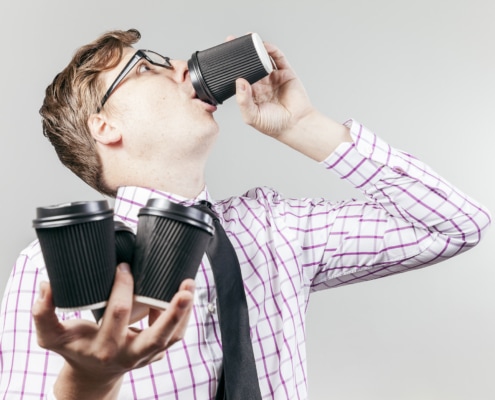 https://www.siamhillscoffee.com/wp-content/uploads/Caffeine-Overdose-–-A-Review-on-How-Much-is-Too-Much-–-1.jpg
1414
2121
Siamhillscoffee
https://www.siamhillscoffee.com/wp-content/uploads/coffee-logo.png
Siamhillscoffee2021-03-14 03:44:312021-03-14 03:44:31Caffeine Overdose – A Review on How Much is Too Much –
https://www.siamhillscoffee.com/wp-content/uploads/Caffeine-Overdose-–-A-Review-on-How-Much-is-Too-Much-–-1.jpg
1414
2121
Siamhillscoffee
https://www.siamhillscoffee.com/wp-content/uploads/coffee-logo.png
Siamhillscoffee2021-03-14 03:44:312021-03-14 03:44:31Caffeine Overdose – A Review on How Much is Too Much –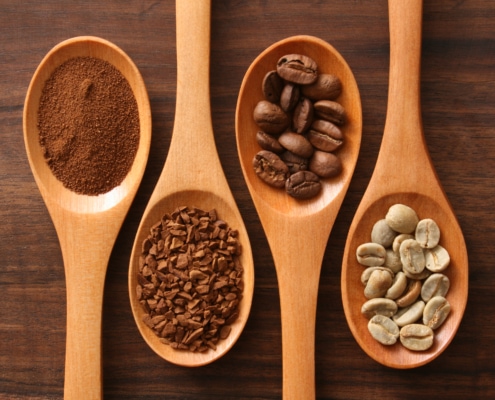 https://www.siamhillscoffee.com/wp-content/uploads/Top-6-Differences-Between-Ground-Coffee-And-Instant-Coffee-1-scaled.jpg
1920
2560
Siamhillscoffee
https://www.siamhillscoffee.com/wp-content/uploads/coffee-logo.png
Siamhillscoffee2021-03-14 03:40:432021-03-14 03:40:43Top 6 Differences Between Ground Coffee And Instant Coffee
https://www.siamhillscoffee.com/wp-content/uploads/Top-6-Differences-Between-Ground-Coffee-And-Instant-Coffee-1-scaled.jpg
1920
2560
Siamhillscoffee
https://www.siamhillscoffee.com/wp-content/uploads/coffee-logo.png
Siamhillscoffee2021-03-14 03:40:432021-03-14 03:40:43Top 6 Differences Between Ground Coffee And Instant Coffee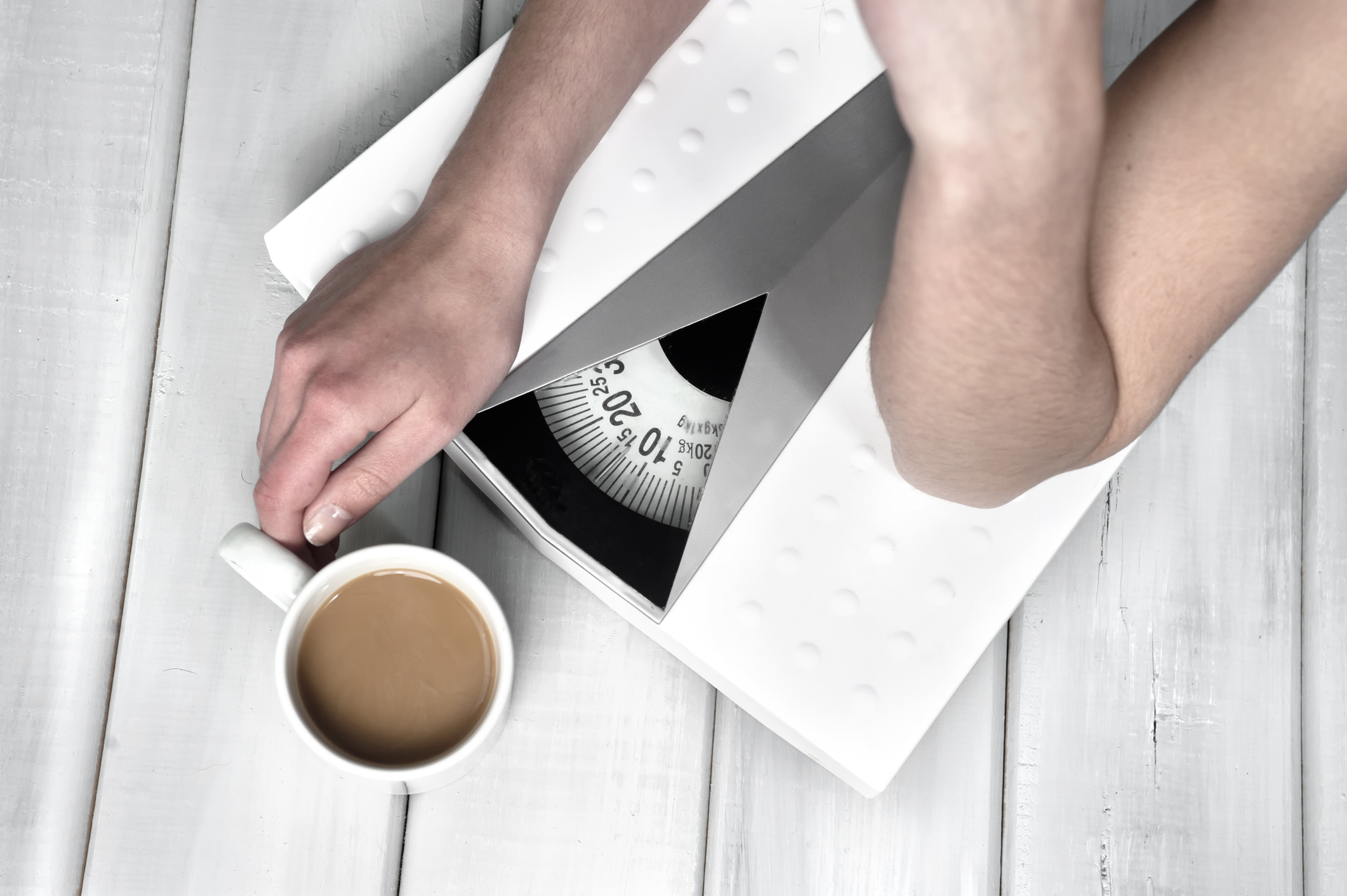 https://www.siamhillscoffee.com/wp-content/uploads/Lose-Weight-with-Coffee-–-Does-Coffee-Help-Burning-Fat-–-1.jpg
1412
2122
Siamhillscoffee
https://www.siamhillscoffee.com/wp-content/uploads/coffee-logo.png
Siamhillscoffee2021-03-14 03:34:242021-03-14 03:34:24Lose Weight with Coffee – Does Coffee Help Burning Fat? –
https://www.siamhillscoffee.com/wp-content/uploads/Lose-Weight-with-Coffee-–-Does-Coffee-Help-Burning-Fat-–-1.jpg
1412
2122
Siamhillscoffee
https://www.siamhillscoffee.com/wp-content/uploads/coffee-logo.png
Siamhillscoffee2021-03-14 03:34:242021-03-14 03:34:24Lose Weight with Coffee – Does Coffee Help Burning Fat? –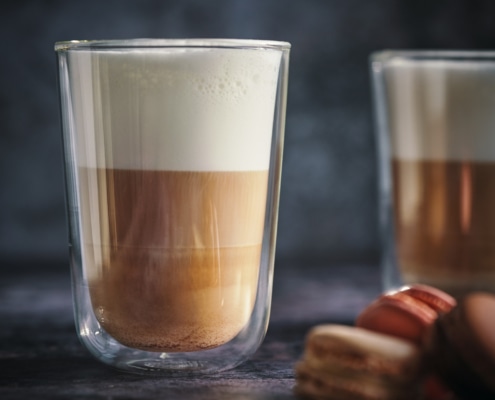 https://www.siamhillscoffee.com/wp-content/uploads/What-is-a-Cafe-Latte-–-A-Complete-Guide-–-1.jpg
1414
2120
Siamhillscoffee
https://www.siamhillscoffee.com/wp-content/uploads/coffee-logo.png
Siamhillscoffee2021-03-14 03:25:172021-03-14 03:25:17What is a Café Latte? – A Complete Guide –
https://www.siamhillscoffee.com/wp-content/uploads/What-is-a-Cafe-Latte-–-A-Complete-Guide-–-1.jpg
1414
2120
Siamhillscoffee
https://www.siamhillscoffee.com/wp-content/uploads/coffee-logo.png
Siamhillscoffee2021-03-14 03:25:172021-03-14 03:25:17What is a Café Latte? – A Complete Guide –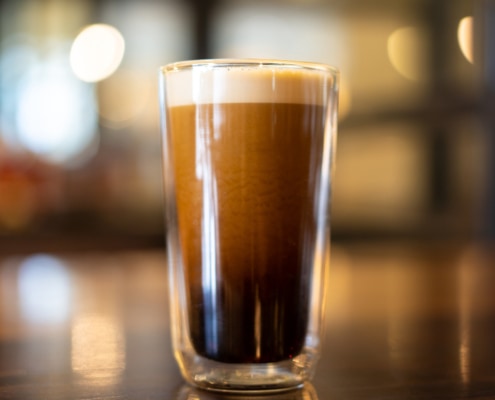 https://www.siamhillscoffee.com/wp-content/uploads/Beer-Coffee-Everybodys-Dream-Come-True-–-1.jpg
1414
2121
Siamhillscoffee
https://www.siamhillscoffee.com/wp-content/uploads/coffee-logo.png
Siamhillscoffee2021-03-14 03:21:082021-03-14 03:21:08Beer Coffee – Everybody’s Dream Come True –
https://www.siamhillscoffee.com/wp-content/uploads/Beer-Coffee-Everybodys-Dream-Come-True-–-1.jpg
1414
2121
Siamhillscoffee
https://www.siamhillscoffee.com/wp-content/uploads/coffee-logo.png
Siamhillscoffee2021-03-14 03:21:082021-03-14 03:21:08Beer Coffee – Everybody’s Dream Come True –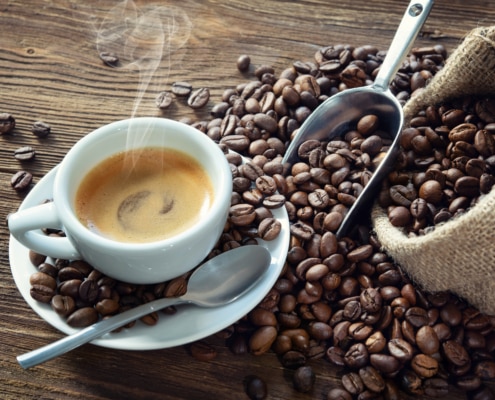 https://www.siamhillscoffee.com/wp-content/uploads/Coffee-Basics-–-Everything-to-Know-About-Types-Roasts-Storage-–-1-scaled.jpg
1707
2560
Siamhillscoffee
https://www.siamhillscoffee.com/wp-content/uploads/coffee-logo.png
Siamhillscoffee2021-03-03 06:50:042021-03-14 03:15:40Coffee Basics – Everything to Know About Types, Roasts & Storage –
https://www.siamhillscoffee.com/wp-content/uploads/Coffee-Basics-–-Everything-to-Know-About-Types-Roasts-Storage-–-1-scaled.jpg
1707
2560
Siamhillscoffee
https://www.siamhillscoffee.com/wp-content/uploads/coffee-logo.png
Siamhillscoffee2021-03-03 06:50:042021-03-14 03:15:40Coffee Basics – Everything to Know About Types, Roasts & Storage –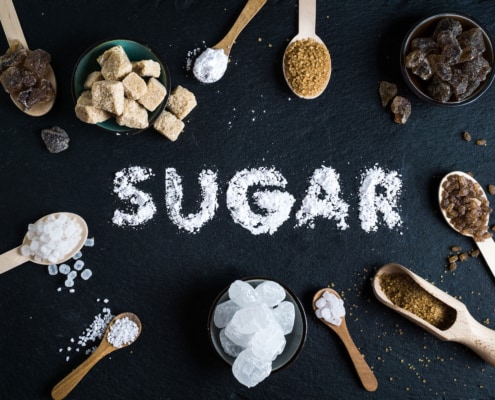 https://www.siamhillscoffee.com/wp-content/uploads/Natural-Coffee-Sweeteners-–-Best-Natural-Sugar-Substitutes-For-You-–-1.jpg
1502
1997
Siamhillscoffee
https://www.siamhillscoffee.com/wp-content/uploads/coffee-logo.png
Siamhillscoffee2021-02-20 05:43:182021-03-03 07:41:19Natural Coffee Sweeteners – Best Natural Sugar Substitutes For You –
https://www.siamhillscoffee.com/wp-content/uploads/Natural-Coffee-Sweeteners-–-Best-Natural-Sugar-Substitutes-For-You-–-1.jpg
1502
1997
Siamhillscoffee
https://www.siamhillscoffee.com/wp-content/uploads/coffee-logo.png
Siamhillscoffee2021-02-20 05:43:182021-03-03 07:41:19Natural Coffee Sweeteners – Best Natural Sugar Substitutes For You – https://www.siamhillscoffee.com/wp-content/uploads/Coffee-Cupping-–-How-to-Professionally-Taste-Coffee-–-1-scaled.jpg
1707
2560
Siamhillscoffee
https://www.siamhillscoffee.com/wp-content/uploads/coffee-logo.png
Siamhillscoffee2021-02-20 05:38:122021-03-03 10:43:47Coffee Cupping – How to Professionally Taste Coffee –
https://www.siamhillscoffee.com/wp-content/uploads/Coffee-Cupping-–-How-to-Professionally-Taste-Coffee-–-1-scaled.jpg
1707
2560
Siamhillscoffee
https://www.siamhillscoffee.com/wp-content/uploads/coffee-logo.png
Siamhillscoffee2021-02-20 05:38:122021-03-03 10:43:47Coffee Cupping – How to Professionally Taste Coffee –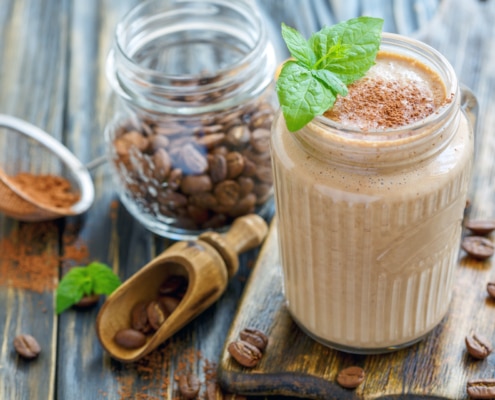 https://www.siamhillscoffee.com/wp-content/uploads/10-Best-Coffee-Smoothie-Recipes-–-Your-Perfectly-Delicious-Morning-Buzz-–-1-scaled.jpg
1707
2560
Siamhillscoffee
https://www.siamhillscoffee.com/wp-content/uploads/coffee-logo.png
Siamhillscoffee2021-02-20 05:32:312021-03-03 10:45:5410 Best Coffee Smoothie Recipes – Perfectly Delicious Morning Buzz –
https://www.siamhillscoffee.com/wp-content/uploads/10-Best-Coffee-Smoothie-Recipes-–-Your-Perfectly-Delicious-Morning-Buzz-–-1-scaled.jpg
1707
2560
Siamhillscoffee
https://www.siamhillscoffee.com/wp-content/uploads/coffee-logo.png
Siamhillscoffee2021-02-20 05:32:312021-03-03 10:45:5410 Best Coffee Smoothie Recipes – Perfectly Delicious Morning Buzz –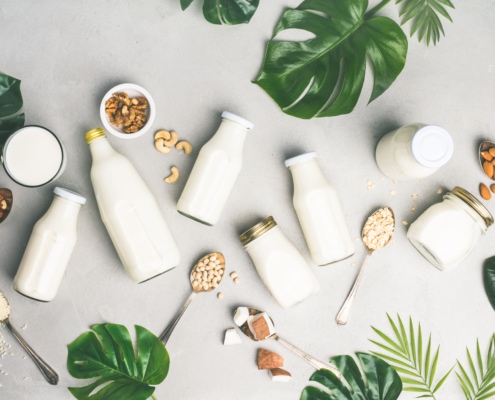 https://www.siamhillscoffee.com/wp-content/uploads/Great-Milk-Alternatives-–-Your-9-Best-Nondairy-Substitutes-for-Milk-–-1-scaled.jpg
1707
2560
Siamhillscoffee
https://www.siamhillscoffee.com/wp-content/uploads/coffee-logo.png
Siamhillscoffee2021-02-20 05:26:492021-03-03 10:47:18Great Milk Alternatives – Your 9 Best Nondairy Substitutes for Milk –
https://www.siamhillscoffee.com/wp-content/uploads/Great-Milk-Alternatives-–-Your-9-Best-Nondairy-Substitutes-for-Milk-–-1-scaled.jpg
1707
2560
Siamhillscoffee
https://www.siamhillscoffee.com/wp-content/uploads/coffee-logo.png
Siamhillscoffee2021-02-20 05:26:492021-03-03 10:47:18Great Milk Alternatives – Your 9 Best Nondairy Substitutes for Milk –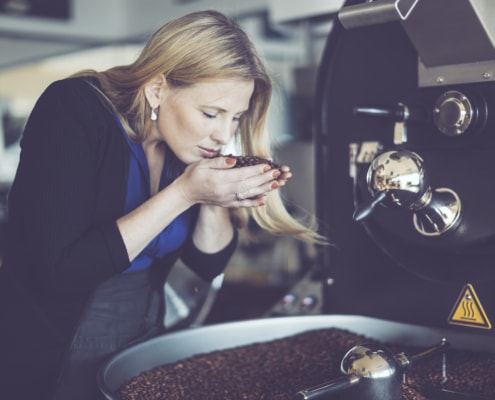 https://www.siamhillscoffee.com/wp-content/uploads/What-is-Coffee-Roasting-–-Everything-You-Need-to-Know-–-1.jpg
1414
2121
Siamhillscoffee
https://www.siamhillscoffee.com/wp-content/uploads/coffee-logo.png
Siamhillscoffee2021-02-20 05:19:592021-03-03 10:49:15What is Coffee Roasting? – Everything You Need to Know –
https://www.siamhillscoffee.com/wp-content/uploads/What-is-Coffee-Roasting-–-Everything-You-Need-to-Know-–-1.jpg
1414
2121
Siamhillscoffee
https://www.siamhillscoffee.com/wp-content/uploads/coffee-logo.png
Siamhillscoffee2021-02-20 05:19:592021-03-03 10:49:15What is Coffee Roasting? – Everything You Need to Know –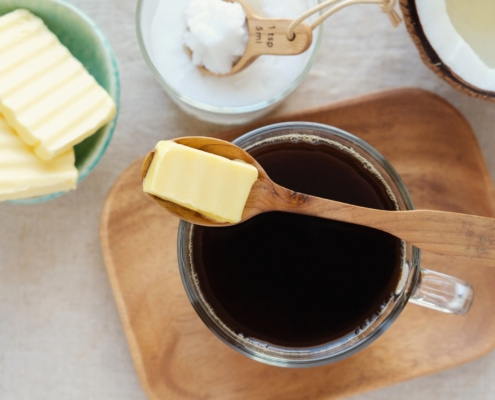 https://www.siamhillscoffee.com/wp-content/uploads/Butter-Coffee-Myths-versus-Facts-–-1.jpg
1414
2121
Siamhillscoffee
https://www.siamhillscoffee.com/wp-content/uploads/coffee-logo.png
Siamhillscoffee2021-02-20 05:14:182021-03-03 10:50:40Butter Coffee – Myths versus Facts –
https://www.siamhillscoffee.com/wp-content/uploads/Butter-Coffee-Myths-versus-Facts-–-1.jpg
1414
2121
Siamhillscoffee
https://www.siamhillscoffee.com/wp-content/uploads/coffee-logo.png
Siamhillscoffee2021-02-20 05:14:182021-03-03 10:50:40Butter Coffee – Myths versus Facts –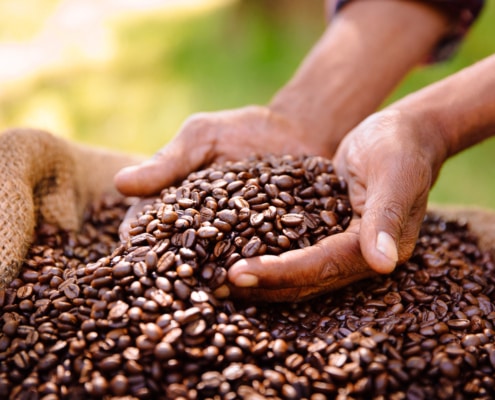 https://www.siamhillscoffee.com/wp-content/uploads/What-is-Specialty-Coffee-–-Everything-You-Need-to-Know-–-1-1.jpg
1414
2121
Siamhillscoffee
https://www.siamhillscoffee.com/wp-content/uploads/coffee-logo.png
Siamhillscoffee2021-02-20 05:10:372021-03-03 10:51:58What is Specialty Coffee? – Everything You Need to Know –
https://www.siamhillscoffee.com/wp-content/uploads/What-is-Specialty-Coffee-–-Everything-You-Need-to-Know-–-1-1.jpg
1414
2121
Siamhillscoffee
https://www.siamhillscoffee.com/wp-content/uploads/coffee-logo.png
Siamhillscoffee2021-02-20 05:10:372021-03-03 10:51:58What is Specialty Coffee? – Everything You Need to Know –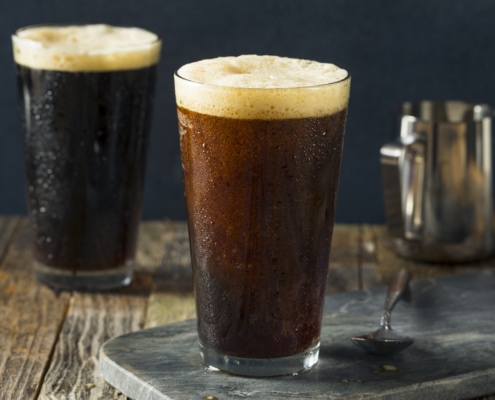 https://www.siamhillscoffee.com/wp-content/uploads/Nitro-Coffee-The-New-Big-Coffee-Trend-–-1.jpg
1414
2121
Siamhillscoffee
https://www.siamhillscoffee.com/wp-content/uploads/coffee-logo.png
Siamhillscoffee2021-02-20 05:03:032021-03-03 10:53:11Nitro Coffee – The New Big Coffee Trend –
https://www.siamhillscoffee.com/wp-content/uploads/Nitro-Coffee-The-New-Big-Coffee-Trend-–-1.jpg
1414
2121
Siamhillscoffee
https://www.siamhillscoffee.com/wp-content/uploads/coffee-logo.png
Siamhillscoffee2021-02-20 05:03:032021-03-03 10:53:11Nitro Coffee – The New Big Coffee Trend – https://www.siamhillscoffee.com/wp-content/uploads/What-is-a-Cafe-Cubano-–-A-Complete-Guide-–-1.jpg
1414
2121
Siamhillscoffee
https://www.siamhillscoffee.com/wp-content/uploads/coffee-logo.png
Siamhillscoffee2021-02-20 04:57:432021-03-03 10:54:47What is a Cafe Cubano – A Complete Guide –
https://www.siamhillscoffee.com/wp-content/uploads/What-is-a-Cafe-Cubano-–-A-Complete-Guide-–-1.jpg
1414
2121
Siamhillscoffee
https://www.siamhillscoffee.com/wp-content/uploads/coffee-logo.png
Siamhillscoffee2021-02-20 04:57:432021-03-03 10:54:47What is a Cafe Cubano – A Complete Guide – https://www.siamhillscoffee.com/wp-content/uploads/Espresso-and-Coffee-–-Whats-the-Difference-–-1.jpg
1414
2121
Siamhillscoffee
https://www.siamhillscoffee.com/wp-content/uploads/coffee-logo.png
Siamhillscoffee2021-02-20 04:52:232021-03-03 10:56:00Espresso and Coffee – What’s the Difference? –
https://www.siamhillscoffee.com/wp-content/uploads/Espresso-and-Coffee-–-Whats-the-Difference-–-1.jpg
1414
2121
Siamhillscoffee
https://www.siamhillscoffee.com/wp-content/uploads/coffee-logo.png
Siamhillscoffee2021-02-20 04:52:232021-03-03 10:56:00Espresso and Coffee – What’s the Difference? – https://www.siamhillscoffee.com/wp-content/uploads/Make-Your-Coffee-Healthy-–-Best-10-Ways-For-A-Better-Coffee-Experience-–-1.jpg
1414
2121
Siamhillscoffee
https://www.siamhillscoffee.com/wp-content/uploads/coffee-logo.png
Siamhillscoffee2021-02-12 08:13:182021-03-03 10:57:16Make Your Coffee Healthy – Best 10 Ways For A Better Coffee Experience –
https://www.siamhillscoffee.com/wp-content/uploads/Make-Your-Coffee-Healthy-–-Best-10-Ways-For-A-Better-Coffee-Experience-–-1.jpg
1414
2121
Siamhillscoffee
https://www.siamhillscoffee.com/wp-content/uploads/coffee-logo.png
Siamhillscoffee2021-02-12 08:13:182021-03-03 10:57:16Make Your Coffee Healthy – Best 10 Ways For A Better Coffee Experience – https://www.siamhillscoffee.com/wp-content/uploads/10-Best-Ways-to-Eat-Less-Sugar-–-How-to-Cut-Down-on-Sugar-–-1-scaled.jpg
1709
2560
Siamhillscoffee
https://www.siamhillscoffee.com/wp-content/uploads/coffee-logo.png
Siamhillscoffee2021-02-12 08:07:142021-03-03 10:58:4810 Best Ways to Eat Less Sugar – How to Cut Down on Sugar –
https://www.siamhillscoffee.com/wp-content/uploads/10-Best-Ways-to-Eat-Less-Sugar-–-How-to-Cut-Down-on-Sugar-–-1-scaled.jpg
1709
2560
Siamhillscoffee
https://www.siamhillscoffee.com/wp-content/uploads/coffee-logo.png
Siamhillscoffee2021-02-12 08:07:142021-03-03 10:58:4810 Best Ways to Eat Less Sugar – How to Cut Down on Sugar – https://www.siamhillscoffee.com/wp-content/uploads/What-is-a-Cortado-–-A-Complete-Overview-–-1-scaled.jpg
1707
2560
Siamhillscoffee
https://www.siamhillscoffee.com/wp-content/uploads/coffee-logo.png
Siamhillscoffee2021-02-12 08:02:382021-03-03 11:00:15What is a Cortado? – A Complete Overview –
https://www.siamhillscoffee.com/wp-content/uploads/What-is-a-Cortado-–-A-Complete-Overview-–-1-scaled.jpg
1707
2560
Siamhillscoffee
https://www.siamhillscoffee.com/wp-content/uploads/coffee-logo.png
Siamhillscoffee2021-02-12 08:02:382021-03-03 11:00:15What is a Cortado? – A Complete Overview – https://www.siamhillscoffee.com/wp-content/uploads/Decaf-Coffee-–-Is-Decaffeinated-Coffee-Good-or-Bad-–-1.jpg
1415
2120
Siamhillscoffee
https://www.siamhillscoffee.com/wp-content/uploads/coffee-logo.png
Siamhillscoffee2021-02-12 07:57:572021-03-03 11:01:42Decaf Coffee – Is Decaffeinated Coffee Good or Bad? –
https://www.siamhillscoffee.com/wp-content/uploads/Decaf-Coffee-–-Is-Decaffeinated-Coffee-Good-or-Bad-–-1.jpg
1415
2120
Siamhillscoffee
https://www.siamhillscoffee.com/wp-content/uploads/coffee-logo.png
Siamhillscoffee2021-02-12 07:57:572021-03-03 11:01:42Decaf Coffee – Is Decaffeinated Coffee Good or Bad? – https://www.siamhillscoffee.com/wp-content/uploads/Coffee-Acidity-–-Everything-You-Need-to-Know-–-1-scaled.jpg
1707
2560
Siamhillscoffee
https://www.siamhillscoffee.com/wp-content/uploads/coffee-logo.png
Siamhillscoffee2021-02-12 07:52:442021-03-03 11:02:58Coffee Acidity – Everything You Need to Know –
https://www.siamhillscoffee.com/wp-content/uploads/Coffee-Acidity-–-Everything-You-Need-to-Know-–-1-scaled.jpg
1707
2560
Siamhillscoffee
https://www.siamhillscoffee.com/wp-content/uploads/coffee-logo.png
Siamhillscoffee2021-02-12 07:52:442021-03-03 11:02:58Coffee Acidity – Everything You Need to Know –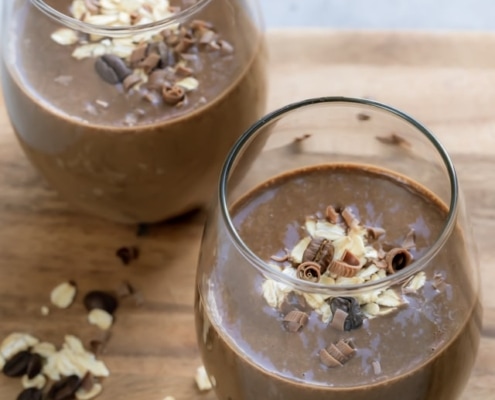 https://www.siamhillscoffee.com/wp-content/uploads/10-Best-Coffee-Protein-Shakes-–-Make-Your-Morning-Better-–-1.jpg
960
640
Siamhillscoffee
https://www.siamhillscoffee.com/wp-content/uploads/coffee-logo.png
Siamhillscoffee2021-02-12 07:48:282021-03-03 11:04:1910 Best Coffee Protein Shakes – Make Your Morning Better –
https://www.siamhillscoffee.com/wp-content/uploads/10-Best-Coffee-Protein-Shakes-–-Make-Your-Morning-Better-–-1.jpg
960
640
Siamhillscoffee
https://www.siamhillscoffee.com/wp-content/uploads/coffee-logo.png
Siamhillscoffee2021-02-12 07:48:282021-03-03 11:04:1910 Best Coffee Protein Shakes – Make Your Morning Better –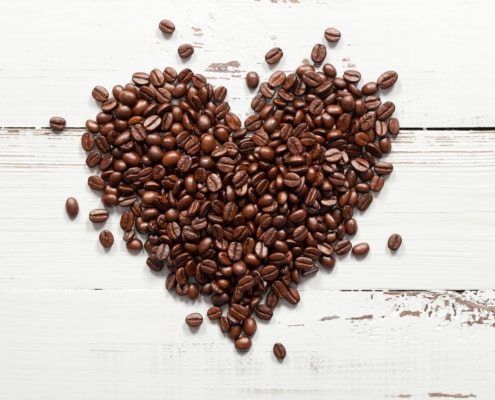 https://www.siamhillscoffee.com/wp-content/uploads/We-Love-Coffee-–-10-Best-Reasons-Why-Coffee-is-Good-For-You-1-scaled.jpg
1707
2560
Siamhillscoffee
https://www.siamhillscoffee.com/wp-content/uploads/coffee-logo.png
Siamhillscoffee2021-02-12 07:43:082021-03-03 11:05:47We Love Coffee – 10 Best Reasons Why Coffee is Good For You –
https://www.siamhillscoffee.com/wp-content/uploads/We-Love-Coffee-–-10-Best-Reasons-Why-Coffee-is-Good-For-You-1-scaled.jpg
1707
2560
Siamhillscoffee
https://www.siamhillscoffee.com/wp-content/uploads/coffee-logo.png
Siamhillscoffee2021-02-12 07:43:082021-03-03 11:05:47We Love Coffee – 10 Best Reasons Why Coffee is Good For You –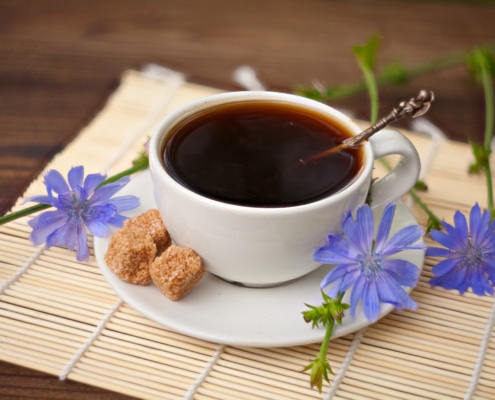 https://www.siamhillscoffee.com/wp-content/uploads/What-is-Chicory-Coffee-–-A-Healthy-Alternative-to-Coffee-or-Not-–-1-scaled.jpg
1747
2560
Siamhillscoffee
https://www.siamhillscoffee.com/wp-content/uploads/coffee-logo.png
Siamhillscoffee2021-02-12 07:37:062021-03-03 11:06:59What is Chicory Coffee? – A Healthy Alternative to Coffee or Not –
https://www.siamhillscoffee.com/wp-content/uploads/What-is-Chicory-Coffee-–-A-Healthy-Alternative-to-Coffee-or-Not-–-1-scaled.jpg
1747
2560
Siamhillscoffee
https://www.siamhillscoffee.com/wp-content/uploads/coffee-logo.png
Siamhillscoffee2021-02-12 07:37:062021-03-03 11:06:59What is Chicory Coffee? – A Healthy Alternative to Coffee or Not –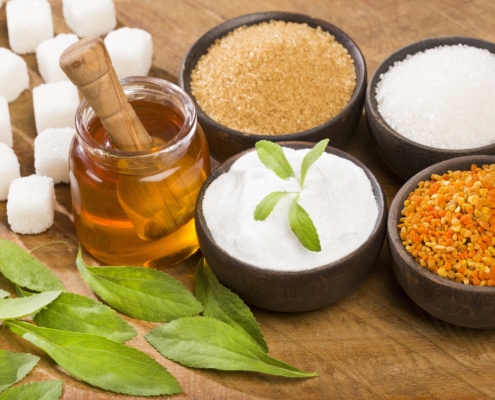 https://www.siamhillscoffee.com/wp-content/uploads/10-Best-Natural-Sugar-Substitutes-–-Your-Healthier-Sugar-Alternatives-to-Try-–-1-scaled.jpg
1707
2560
Siamhillscoffee
https://www.siamhillscoffee.com/wp-content/uploads/coffee-logo.png
Siamhillscoffee2021-02-12 07:32:372021-03-03 11:08:1810 Best Natural Sugar Substitutes – Your Healthier Sugar Alternatives to Try –
https://www.siamhillscoffee.com/wp-content/uploads/10-Best-Natural-Sugar-Substitutes-–-Your-Healthier-Sugar-Alternatives-to-Try-–-1-scaled.jpg
1707
2560
Siamhillscoffee
https://www.siamhillscoffee.com/wp-content/uploads/coffee-logo.png
Siamhillscoffee2021-02-12 07:32:372021-03-03 11:08:1810 Best Natural Sugar Substitutes – Your Healthier Sugar Alternatives to Try –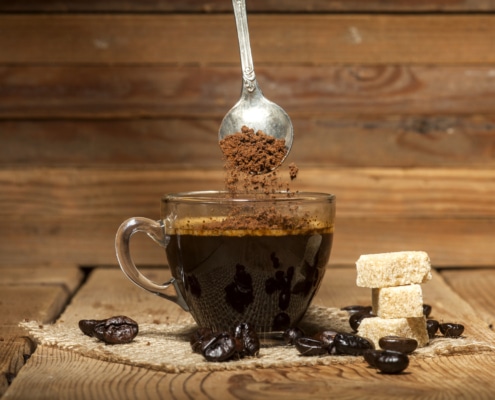 https://www.siamhillscoffee.com/wp-content/uploads/Instant-Coffee-and-Ground-Coffee-–-Which-is-Better-–-1.jpg
1250
2399
Siamhillscoffee
https://www.siamhillscoffee.com/wp-content/uploads/coffee-logo.png
Siamhillscoffee2021-02-12 07:27:432021-03-03 11:09:42Instant Coffee and Ground Coffee – Which is Better? –
https://www.siamhillscoffee.com/wp-content/uploads/Instant-Coffee-and-Ground-Coffee-–-Which-is-Better-–-1.jpg
1250
2399
Siamhillscoffee
https://www.siamhillscoffee.com/wp-content/uploads/coffee-logo.png
Siamhillscoffee2021-02-12 07:27:432021-03-03 11:09:42Instant Coffee and Ground Coffee – Which is Better? –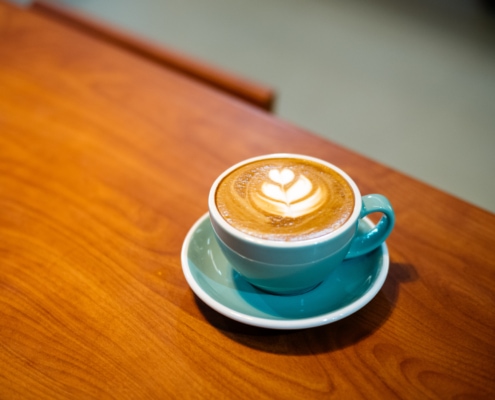 https://www.siamhillscoffee.com/wp-content/uploads/What-is-a-Flat-White-–-A-Complete-Guide-–-2.jpg
1414
2121
Siamhillscoffee
https://www.siamhillscoffee.com/wp-content/uploads/coffee-logo.png
Siamhillscoffee2021-02-12 07:21:312021-03-03 11:11:35What is a Flat White? – A Complete Guide –
https://www.siamhillscoffee.com/wp-content/uploads/What-is-a-Flat-White-–-A-Complete-Guide-–-2.jpg
1414
2121
Siamhillscoffee
https://www.siamhillscoffee.com/wp-content/uploads/coffee-logo.png
Siamhillscoffee2021-02-12 07:21:312021-03-03 11:11:35What is a Flat White? – A Complete Guide –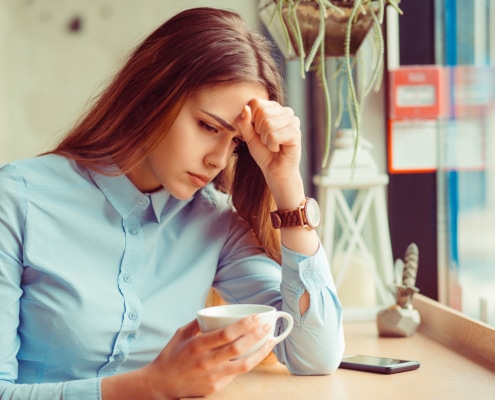 https://www.siamhillscoffee.com/wp-content/uploads/Caffeine-Withdrawal-and-Headaches-–-7-Tips-for-Relief-and-More-–-1-scaled.jpg
1707
2560
Siamhillscoffee
https://www.siamhillscoffee.com/wp-content/uploads/coffee-logo.png
Siamhillscoffee2021-02-12 07:16:582021-03-03 11:12:51Caffeine Withdrawal and Headaches – 7 Tips for Relief and More –
https://www.siamhillscoffee.com/wp-content/uploads/Caffeine-Withdrawal-and-Headaches-–-7-Tips-for-Relief-and-More-–-1-scaled.jpg
1707
2560
Siamhillscoffee
https://www.siamhillscoffee.com/wp-content/uploads/coffee-logo.png
Siamhillscoffee2021-02-12 07:16:582021-03-03 11:12:51Caffeine Withdrawal and Headaches – 7 Tips for Relief and More – https://www.siamhillscoffee.com/wp-content/uploads/20-Best-Ground-Coffee-Recipes-9.jpg
896
640
Siamhillscoffee
https://www.siamhillscoffee.com/wp-content/uploads/coffee-logo.png
Siamhillscoffee2021-02-12 07:10:502021-03-03 11:14:2220 Best Ground Coffee Recipes – Make Delicious Food With Coffee –
https://www.siamhillscoffee.com/wp-content/uploads/20-Best-Ground-Coffee-Recipes-9.jpg
896
640
Siamhillscoffee
https://www.siamhillscoffee.com/wp-content/uploads/coffee-logo.png
Siamhillscoffee2021-02-12 07:10:502021-03-03 11:14:2220 Best Ground Coffee Recipes – Make Delicious Food With Coffee –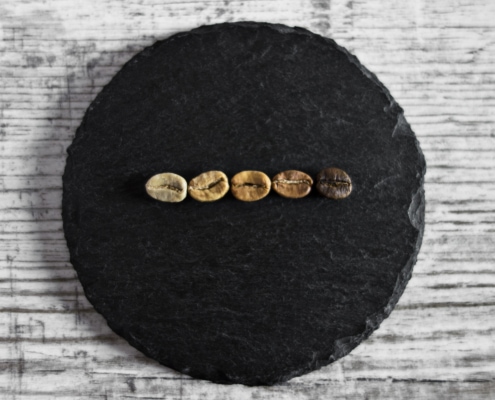 https://www.siamhillscoffee.com/wp-content/uploads/Coffee-Roast-Levels-1-scaled.jpg
1707
2560
Siamhillscoffee
https://www.siamhillscoffee.com/wp-content/uploads/coffee-logo.png
Siamhillscoffee2021-02-12 06:58:112021-03-03 11:44:54Coffee Roast Levels – The Differences Between Light, Medium and Dark Roasts –
https://www.siamhillscoffee.com/wp-content/uploads/Coffee-Roast-Levels-1-scaled.jpg
1707
2560
Siamhillscoffee
https://www.siamhillscoffee.com/wp-content/uploads/coffee-logo.png
Siamhillscoffee2021-02-12 06:58:112021-03-03 11:44:54Coffee Roast Levels – The Differences Between Light, Medium and Dark Roasts –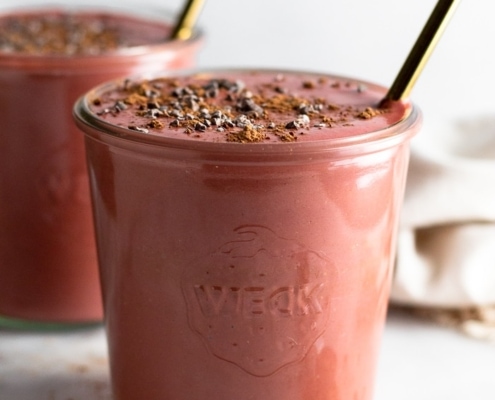 https://www.siamhillscoffee.com/wp-content/uploads/15-Great-Coffee-Breakfast-Smoothies-–-Simply-Delicious-Ways-to-Boost-Your-Morning-–14.jpg
1050
700
Siamhillscoffee
https://www.siamhillscoffee.com/wp-content/uploads/coffee-logo.png
Siamhillscoffee2021-02-12 06:52:492021-03-03 11:46:4615 Great Coffee Breakfast Smoothies – Delicious Ways to Boost Your Morning –
https://www.siamhillscoffee.com/wp-content/uploads/15-Great-Coffee-Breakfast-Smoothies-–-Simply-Delicious-Ways-to-Boost-Your-Morning-–14.jpg
1050
700
Siamhillscoffee
https://www.siamhillscoffee.com/wp-content/uploads/coffee-logo.png
Siamhillscoffee2021-02-12 06:52:492021-03-03 11:46:4615 Great Coffee Breakfast Smoothies – Delicious Ways to Boost Your Morning –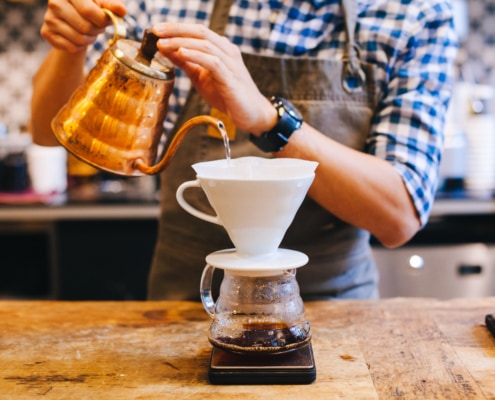 https://www.siamhillscoffee.com/wp-content/uploads/What-is-a-Filter-Coffee-–-A-Complete-Guide-–-1-scaled.jpg
1707
2560
Siamhillscoffee
https://www.siamhillscoffee.com/wp-content/uploads/coffee-logo.png
Siamhillscoffee2021-02-12 06:44:562021-03-03 11:48:24What is a Filter Coffee? – A Complete Guide –
https://www.siamhillscoffee.com/wp-content/uploads/What-is-a-Filter-Coffee-–-A-Complete-Guide-–-1-scaled.jpg
1707
2560
Siamhillscoffee
https://www.siamhillscoffee.com/wp-content/uploads/coffee-logo.png
Siamhillscoffee2021-02-12 06:44:562021-03-03 11:48:24What is a Filter Coffee? – A Complete Guide – https://www.siamhillscoffee.com/wp-content/uploads/Caffeine-Improves-Exercise-Performance-–-Does-Coffee-Make-Fit-–-1-scaled.jpg
1707
2560
Siamhillscoffee
https://www.siamhillscoffee.com/wp-content/uploads/coffee-logo.png
Siamhillscoffee2021-02-12 05:58:522021-03-03 11:49:58Caffeine Improves Exercise Performance – Does Coffee Make Fit? –
https://www.siamhillscoffee.com/wp-content/uploads/Caffeine-Improves-Exercise-Performance-–-Does-Coffee-Make-Fit-–-1-scaled.jpg
1707
2560
Siamhillscoffee
https://www.siamhillscoffee.com/wp-content/uploads/coffee-logo.png
Siamhillscoffee2021-02-12 05:58:522021-03-03 11:49:58Caffeine Improves Exercise Performance – Does Coffee Make Fit? –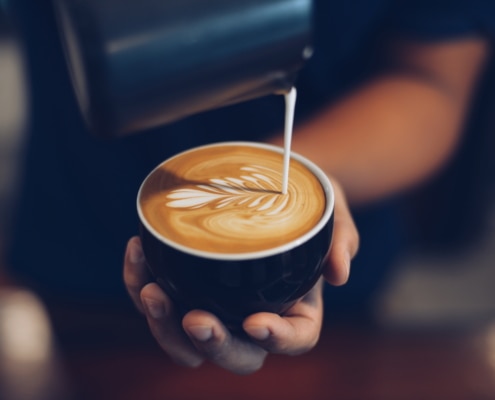 https://www.siamhillscoffee.com/wp-content/uploads/What-is-a-Cappuccino-–-A-Complete-Guide-–-1-scaled.jpg
1704
2560
Siamhillscoffee
https://www.siamhillscoffee.com/wp-content/uploads/coffee-logo.png
Siamhillscoffee2021-02-12 05:52:502021-03-03 11:51:41What is a Cappuccino? – A Complete Guide –
https://www.siamhillscoffee.com/wp-content/uploads/What-is-a-Cappuccino-–-A-Complete-Guide-–-1-scaled.jpg
1704
2560
Siamhillscoffee
https://www.siamhillscoffee.com/wp-content/uploads/coffee-logo.png
Siamhillscoffee2021-02-12 05:52:502021-03-03 11:51:41What is a Cappuccino? – A Complete Guide –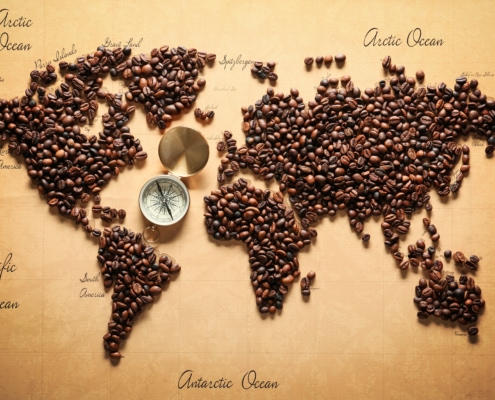 https://www.siamhillscoffee.com/wp-content/uploads/History-of-Coffee-1-scaled.jpg
1707
2560
Siamhillscoffee
https://www.siamhillscoffee.com/wp-content/uploads/coffee-logo.png
Siamhillscoffee2021-02-12 05:47:432021-03-03 11:53:23History of Coffee – Where it Comes From and Conquered the World –
https://www.siamhillscoffee.com/wp-content/uploads/History-of-Coffee-1-scaled.jpg
1707
2560
Siamhillscoffee
https://www.siamhillscoffee.com/wp-content/uploads/coffee-logo.png
Siamhillscoffee2021-02-12 05:47:432021-03-03 11:53:23History of Coffee – Where it Comes From and Conquered the World – https://www.siamhillscoffee.com/wp-content/uploads/Is-Coffee-Addictive-–-A-Critical-Look-at-Coffee-and-Caffeine-–-1-scaled.jpg
1707
2560
Siamhillscoffee
https://www.siamhillscoffee.com/wp-content/uploads/coffee-logo.png
Siamhillscoffee2021-02-12 05:38:012021-03-03 11:55:00Is Coffee Addictive? – A Critical Look at Coffee and Caffeine –
https://www.siamhillscoffee.com/wp-content/uploads/Is-Coffee-Addictive-–-A-Critical-Look-at-Coffee-and-Caffeine-–-1-scaled.jpg
1707
2560
Siamhillscoffee
https://www.siamhillscoffee.com/wp-content/uploads/coffee-logo.png
Siamhillscoffee2021-02-12 05:38:012021-03-03 11:55:00Is Coffee Addictive? – A Critical Look at Coffee and Caffeine –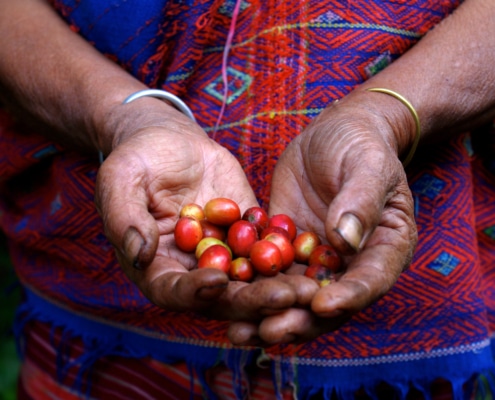 https://www.siamhillscoffee.com/wp-content/uploads/Fair-Trade-Coffee-–-What-Does-it-Really-Mean-1-scaled.jpg
1714
2560
Siamhillscoffee
https://www.siamhillscoffee.com/wp-content/uploads/coffee-logo.png
Siamhillscoffee2021-02-12 05:30:322021-03-03 11:57:01Fair Trade Coffee – What Does it Really Mean? –
https://www.siamhillscoffee.com/wp-content/uploads/Fair-Trade-Coffee-–-What-Does-it-Really-Mean-1-scaled.jpg
1714
2560
Siamhillscoffee
https://www.siamhillscoffee.com/wp-content/uploads/coffee-logo.png
Siamhillscoffee2021-02-12 05:30:322021-03-03 11:57:01Fair Trade Coffee – What Does it Really Mean? –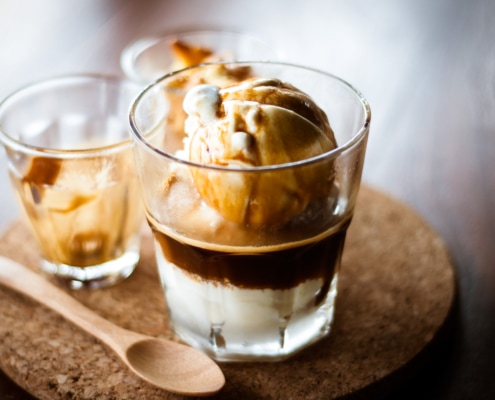 https://www.siamhillscoffee.com/wp-content/uploads/What-is-an-Affogato-–-A-Complete-Guide-–-1-scaled.jpg
1700
2560
Siamhillscoffee
https://www.siamhillscoffee.com/wp-content/uploads/coffee-logo.png
Siamhillscoffee2021-02-12 05:24:302021-03-03 11:58:41What is an Affogato? – A Complete Guide –
https://www.siamhillscoffee.com/wp-content/uploads/What-is-an-Affogato-–-A-Complete-Guide-–-1-scaled.jpg
1700
2560
Siamhillscoffee
https://www.siamhillscoffee.com/wp-content/uploads/coffee-logo.png
Siamhillscoffee2021-02-12 05:24:302021-03-03 11:58:41What is an Affogato? – A Complete Guide –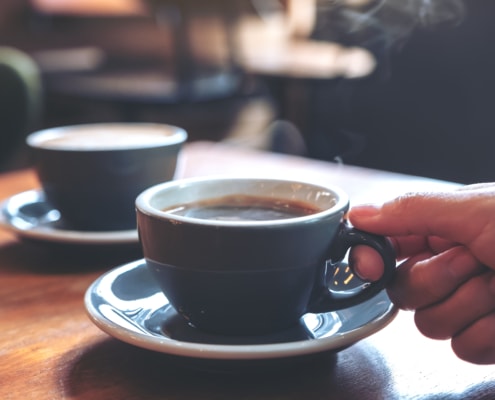 https://www.siamhillscoffee.com/wp-content/uploads/What-is-an-Americano-–-A-Complete-Guide-–-1-scaled.jpg
1707
2560
Siamhillscoffee
https://www.siamhillscoffee.com/wp-content/uploads/coffee-logo.png
Siamhillscoffee2021-02-12 05:20:142021-03-03 12:00:35What is an Americano – A Complete Guide –
https://www.siamhillscoffee.com/wp-content/uploads/What-is-an-Americano-–-A-Complete-Guide-–-1-scaled.jpg
1707
2560
Siamhillscoffee
https://www.siamhillscoffee.com/wp-content/uploads/coffee-logo.png
Siamhillscoffee2021-02-12 05:20:142021-03-03 12:00:35What is an Americano – A Complete Guide –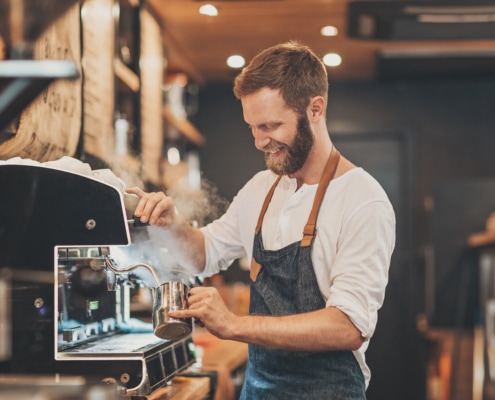 https://www.siamhillscoffee.com/wp-content/uploads/What-is-a-Barista-–-How-to-Professionally-Make-Coffee-–-1-scaled.jpg
1707
2560
Siamhillscoffee
https://www.siamhillscoffee.com/wp-content/uploads/coffee-logo.png
Siamhillscoffee2021-02-12 05:15:182021-03-03 12:02:08What is a Barista? – How to Professionally Make Coffee –
https://www.siamhillscoffee.com/wp-content/uploads/What-is-a-Barista-–-How-to-Professionally-Make-Coffee-–-1-scaled.jpg
1707
2560
Siamhillscoffee
https://www.siamhillscoffee.com/wp-content/uploads/coffee-logo.png
Siamhillscoffee2021-02-12 05:15:182021-03-03 12:02:08What is a Barista? – How to Professionally Make Coffee –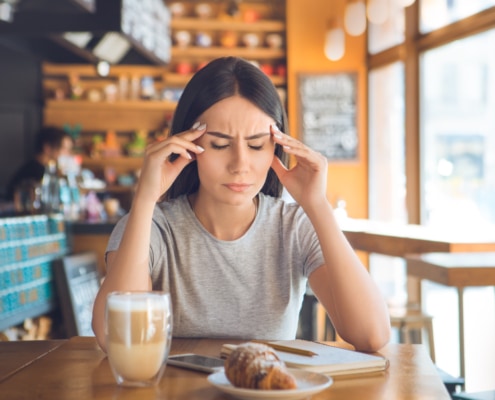 https://www.siamhillscoffee.com/wp-content/uploads/Caffeine-and-Migraines-–-Does-Caffeine-Trigger-or-Treat-Migraines-–-2-scaled.jpg
1707
2560
Siamhillscoffee
https://www.siamhillscoffee.com/wp-content/uploads/coffee-logo.png
Siamhillscoffee2021-02-12 05:06:562021-03-03 12:03:40Caffeine and Migraines – Does Caffeine Trigger or Treat Migraines –
https://www.siamhillscoffee.com/wp-content/uploads/Caffeine-and-Migraines-–-Does-Caffeine-Trigger-or-Treat-Migraines-–-2-scaled.jpg
1707
2560
Siamhillscoffee
https://www.siamhillscoffee.com/wp-content/uploads/coffee-logo.png
Siamhillscoffee2021-02-12 05:06:562021-03-03 12:03:40Caffeine and Migraines – Does Caffeine Trigger or Treat Migraines –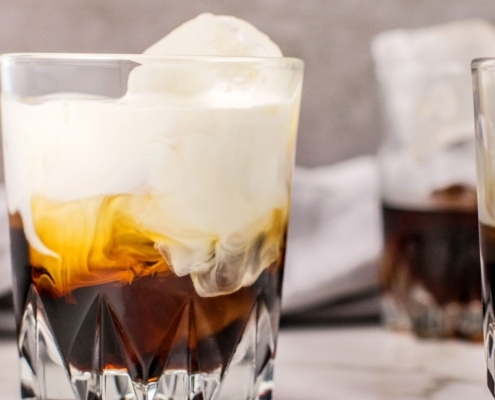 https://www.siamhillscoffee.com/wp-content/uploads/15-Best-Iced-Coffee-Recipes-–-Your-Perfectly-Refreshing-Boost-and-Buzz-–-5-scaled.jpg
1440
2560
Siamhillscoffee
https://www.siamhillscoffee.com/wp-content/uploads/coffee-logo.png
Siamhillscoffee2021-02-12 05:00:102021-03-03 12:05:3015 Best Iced Coffee Recipes – Your Perfectly Refreshing Boost and Buzz –
https://www.siamhillscoffee.com/wp-content/uploads/15-Best-Iced-Coffee-Recipes-–-Your-Perfectly-Refreshing-Boost-and-Buzz-–-5-scaled.jpg
1440
2560
Siamhillscoffee
https://www.siamhillscoffee.com/wp-content/uploads/coffee-logo.png
Siamhillscoffee2021-02-12 05:00:102021-03-03 12:05:3015 Best Iced Coffee Recipes – Your Perfectly Refreshing Boost and Buzz –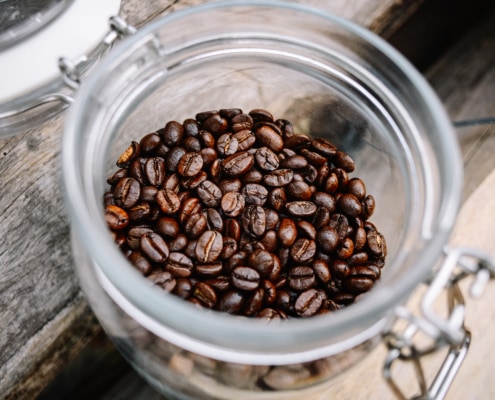 https://www.siamhillscoffee.com/wp-content/uploads/What-is-Robusta-Coffee-–Top-10-Robusta-vs.-Arabica-Differences-–-1-scaled.jpg
1696
2560
Siamhillscoffee
https://www.siamhillscoffee.com/wp-content/uploads/coffee-logo.png
Siamhillscoffee2021-02-12 04:50:162021-03-03 12:07:04What is Robusta Coffee? –Top 10 Robusta vs. Arabica Differences –
https://www.siamhillscoffee.com/wp-content/uploads/What-is-Robusta-Coffee-–Top-10-Robusta-vs.-Arabica-Differences-–-1-scaled.jpg
1696
2560
Siamhillscoffee
https://www.siamhillscoffee.com/wp-content/uploads/coffee-logo.png
Siamhillscoffee2021-02-12 04:50:162021-03-03 12:07:04What is Robusta Coffee? –Top 10 Robusta vs. Arabica Differences – https://www.siamhillscoffee.com/wp-content/uploads/Caffeine-And-Your-Body-Everything-to-Know-About-Caffeine-Effects-–-2-scaled.jpg
1707
2560
Siamhillscoffee
https://www.siamhillscoffee.com/wp-content/uploads/coffee-logo.png
Siamhillscoffee2021-02-12 04:44:592021-03-03 12:09:01Caffeine And Your Body – Everything to Know About Caffeine Effects –
https://www.siamhillscoffee.com/wp-content/uploads/Caffeine-And-Your-Body-Everything-to-Know-About-Caffeine-Effects-–-2-scaled.jpg
1707
2560
Siamhillscoffee
https://www.siamhillscoffee.com/wp-content/uploads/coffee-logo.png
Siamhillscoffee2021-02-12 04:44:592021-03-03 12:09:01Caffeine And Your Body – Everything to Know About Caffeine Effects – https://www.siamhillscoffee.com/wp-content/uploads/How-To-Open-A-Coffee-Shop-The-10-Most-Important-Steps-1-scaled.jpg
1708
2560
Siamhillscoffee
https://www.siamhillscoffee.com/wp-content/uploads/coffee-logo.png
Siamhillscoffee2021-02-12 04:37:232021-03-03 12:10:33How To Open A Coffee Shop – The 10 Most Important Steps
https://www.siamhillscoffee.com/wp-content/uploads/How-To-Open-A-Coffee-Shop-The-10-Most-Important-Steps-1-scaled.jpg
1708
2560
Siamhillscoffee
https://www.siamhillscoffee.com/wp-content/uploads/coffee-logo.png
Siamhillscoffee2021-02-12 04:37:232021-03-03 12:10:33How To Open A Coffee Shop – The 10 Most Important Steps https://www.siamhillscoffee.com/wp-content/uploads/How-To-Sell-Coffee-Online-–-Open-Your-Own-Online-Coffee-Shop-1-scaled.jpg
1697
2560
Siamhillscoffee
https://www.siamhillscoffee.com/wp-content/uploads/coffee-logo.png
Siamhillscoffee2021-02-12 04:32:292021-03-03 12:12:06How To Sell Coffee Online – Open Your Own Online Coffee Shop
https://www.siamhillscoffee.com/wp-content/uploads/How-To-Sell-Coffee-Online-–-Open-Your-Own-Online-Coffee-Shop-1-scaled.jpg
1697
2560
Siamhillscoffee
https://www.siamhillscoffee.com/wp-content/uploads/coffee-logo.png
Siamhillscoffee2021-02-12 04:32:292021-03-03 12:12:06How To Sell Coffee Online – Open Your Own Online Coffee Shop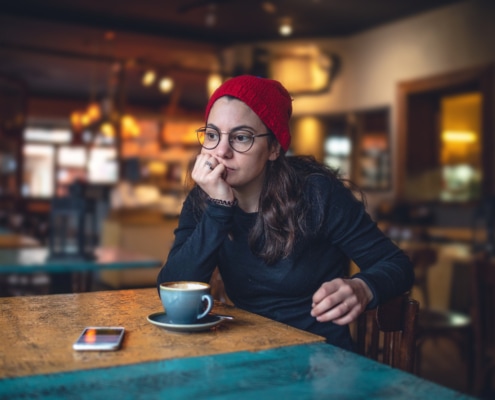 https://www.siamhillscoffee.com/wp-content/uploads/Caffeine-and-Depression-Does-Caffeine-Help-with-Depression-–-1-scaled.jpg
1707
2560
Siamhillscoffee
https://www.siamhillscoffee.com/wp-content/uploads/coffee-logo.png
Siamhillscoffee2021-02-12 04:23:222021-03-03 12:13:42Caffeine and Depression – Does Caffeine Help with Depression? –
https://www.siamhillscoffee.com/wp-content/uploads/Caffeine-and-Depression-Does-Caffeine-Help-with-Depression-–-1-scaled.jpg
1707
2560
Siamhillscoffee
https://www.siamhillscoffee.com/wp-content/uploads/coffee-logo.png
Siamhillscoffee2021-02-12 04:23:222021-03-03 12:13:42Caffeine and Depression – Does Caffeine Help with Depression? –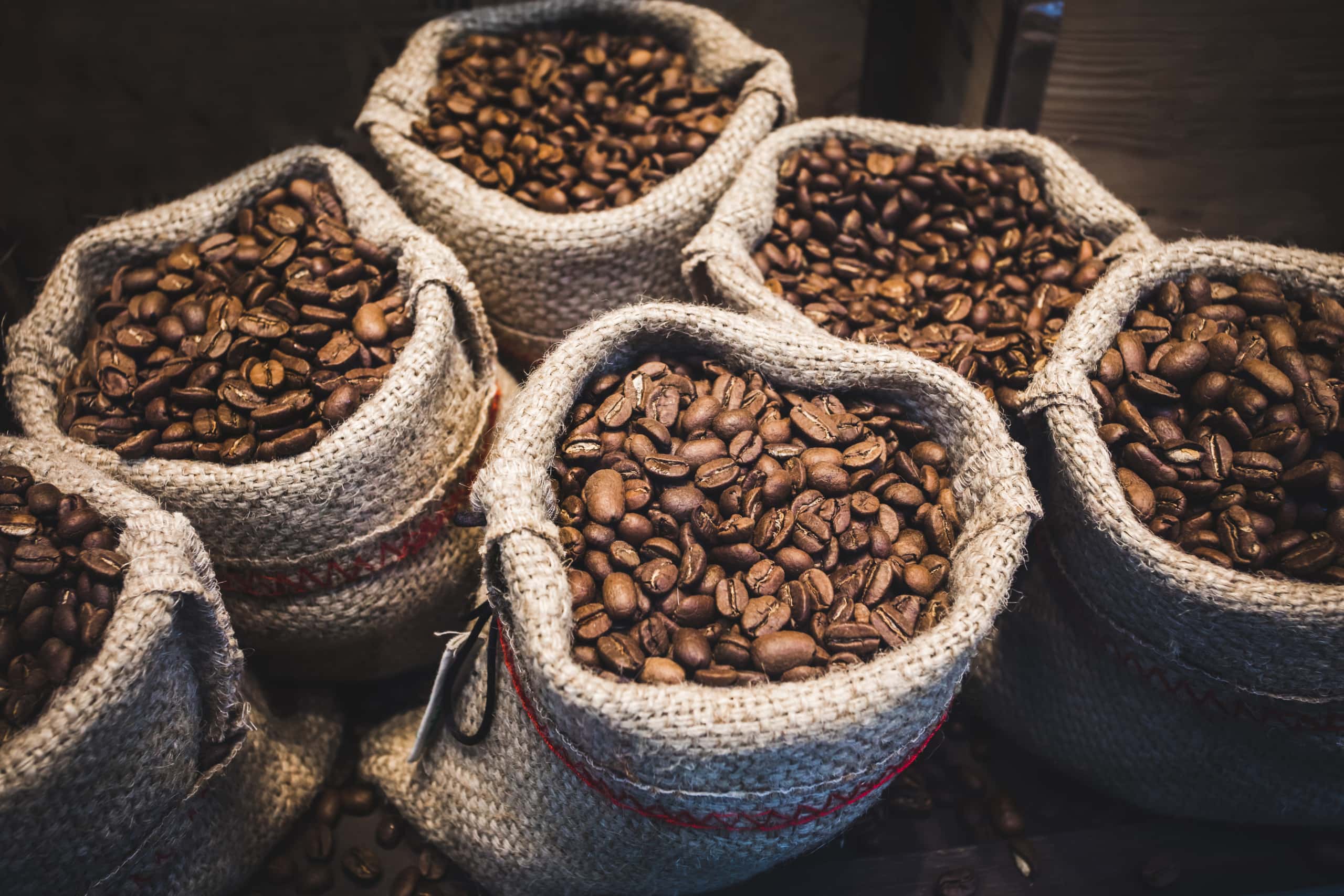 https://www.siamhillscoffee.com/wp-content/uploads/Arabica-and-Robusta-Coffee-–Top-10-Arabica-vs.-Robusta-Differences-–-1-scaled.jpg
1707
2560
Siamhillscoffee
https://www.siamhillscoffee.com/wp-content/uploads/coffee-logo.png
Siamhillscoffee2021-02-12 04:00:402021-03-03 12:21:42Arabica and Robusta Coffee –Top 10 Arabica vs. Robusta Differences –
https://www.siamhillscoffee.com/wp-content/uploads/Arabica-and-Robusta-Coffee-–Top-10-Arabica-vs.-Robusta-Differences-–-1-scaled.jpg
1707
2560
Siamhillscoffee
https://www.siamhillscoffee.com/wp-content/uploads/coffee-logo.png
Siamhillscoffee2021-02-12 04:00:402021-03-03 12:21:42Arabica and Robusta Coffee –Top 10 Arabica vs. Robusta Differences – https://www.siamhillscoffee.com/wp-content/uploads/Coffee-and-Caffeine-–-How-Much-Caffeine-is-Okay-for-You-–-1-scaled.jpg
1709
2560
Siamhillscoffee
https://www.siamhillscoffee.com/wp-content/uploads/coffee-logo.png
Siamhillscoffee2021-02-12 03:54:492021-03-03 12:25:58Coffee and Caffeine – How Much Caffeine is Okay for You? –
https://www.siamhillscoffee.com/wp-content/uploads/Coffee-and-Caffeine-–-How-Much-Caffeine-is-Okay-for-You-–-1-scaled.jpg
1709
2560
Siamhillscoffee
https://www.siamhillscoffee.com/wp-content/uploads/coffee-logo.png
Siamhillscoffee2021-02-12 03:54:492021-03-03 12:25:58Coffee and Caffeine – How Much Caffeine is Okay for You? – https://www.siamhillscoffee.com/wp-content/uploads/Make-Your-Coffee-Better-–-6-Fun-Ways-to-Boost-Your-Coffee-–-1-scaled.jpg
1709
2560
Siamhillscoffee
https://www.siamhillscoffee.com/wp-content/uploads/coffee-logo.png
Siamhillscoffee2021-02-12 03:45:112021-03-03 12:29:07Make Your Coffee Better – 6 Fun Ways to Boost Your Coffee –
https://www.siamhillscoffee.com/wp-content/uploads/Make-Your-Coffee-Better-–-6-Fun-Ways-to-Boost-Your-Coffee-–-1-scaled.jpg
1709
2560
Siamhillscoffee
https://www.siamhillscoffee.com/wp-content/uploads/coffee-logo.png
Siamhillscoffee2021-02-12 03:45:112021-03-03 12:29:07Make Your Coffee Better – 6 Fun Ways to Boost Your Coffee –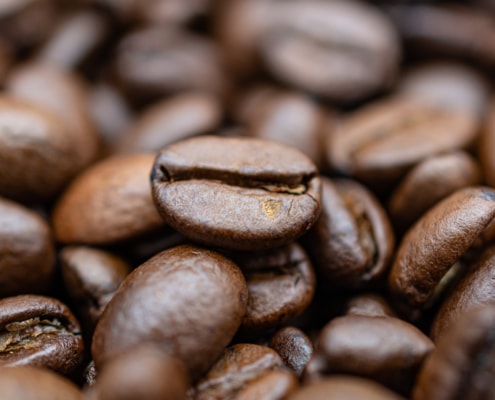 https://www.siamhillscoffee.com/wp-content/uploads/What-is-Arabica-Coffee-–Top-10-Arabica-vs.-Robusta-Differences-–-1-scaled.jpg
1820
2560
Siamhillscoffee
https://www.siamhillscoffee.com/wp-content/uploads/coffee-logo.png
Siamhillscoffee2021-02-12 03:36:062021-03-03 12:30:45What is Arabica Coffee? –Top 10 Arabica vs. Robusta Differences –
https://www.siamhillscoffee.com/wp-content/uploads/What-is-Arabica-Coffee-–Top-10-Arabica-vs.-Robusta-Differences-–-1-scaled.jpg
1820
2560
Siamhillscoffee
https://www.siamhillscoffee.com/wp-content/uploads/coffee-logo.png
Siamhillscoffee2021-02-12 03:36:062021-03-03 12:30:45What is Arabica Coffee? –Top 10 Arabica vs. Robusta Differences – https://www.siamhillscoffee.com/wp-content/uploads/Top-10-Best-Coffee-Drinks-in-the-World-Most-Consumed-Worldwide-–-1.jpg
1414
2121
Siamhillscoffee
https://www.siamhillscoffee.com/wp-content/uploads/coffee-logo.png
Siamhillscoffee2021-02-12 03:22:582021-03-03 12:33:14Top 10 Best Coffee Drinks in the World – Most Consumed Worldwide –
https://www.siamhillscoffee.com/wp-content/uploads/Top-10-Best-Coffee-Drinks-in-the-World-Most-Consumed-Worldwide-–-1.jpg
1414
2121
Siamhillscoffee
https://www.siamhillscoffee.com/wp-content/uploads/coffee-logo.png
Siamhillscoffee2021-02-12 03:22:582021-03-03 12:33:14Top 10 Best Coffee Drinks in the World – Most Consumed Worldwide –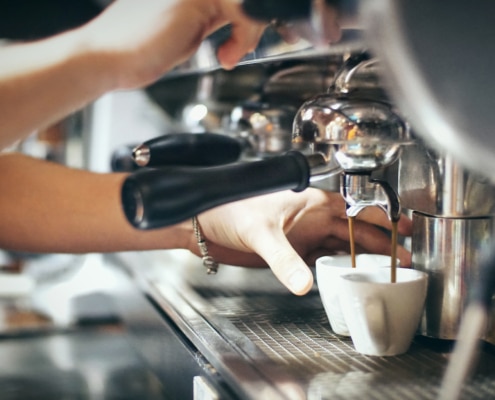 https://www.siamhillscoffee.com/wp-content/uploads/Top-10-Most-Popular-Espresso-Drinks-A-Complete-Overview-–-1.jpg
1392
2154
Siamhillscoffee
https://www.siamhillscoffee.com/wp-content/uploads/coffee-logo.png
Siamhillscoffee2021-02-12 03:15:472021-03-03 12:35:06Top 10 Most Popular Espresso Drinks – A Complete Overview –
https://www.siamhillscoffee.com/wp-content/uploads/Top-10-Most-Popular-Espresso-Drinks-A-Complete-Overview-–-1.jpg
1392
2154
Siamhillscoffee
https://www.siamhillscoffee.com/wp-content/uploads/coffee-logo.png
Siamhillscoffee2021-02-12 03:15:472021-03-03 12:35:06Top 10 Most Popular Espresso Drinks – A Complete Overview –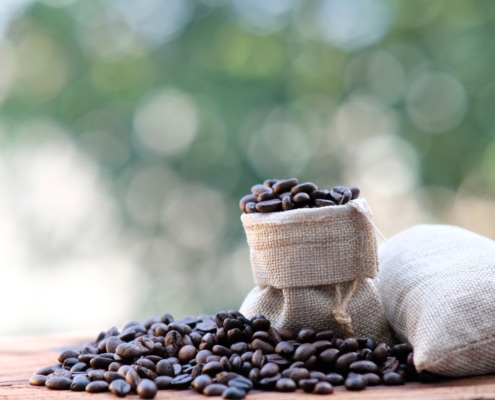 https://www.siamhillscoffee.com/wp-content/uploads/Eating-Coffee-Beans-–-Yummy-Healthy-or-Stupid-–-1.jpg
1414
2121
Siamhillscoffee
https://www.siamhillscoffee.com/wp-content/uploads/coffee-logo.png
Siamhillscoffee2021-02-12 03:04:352021-03-03 12:37:32Eating Coffee Beans – Yummy, Healthy or Stupid –
https://www.siamhillscoffee.com/wp-content/uploads/Eating-Coffee-Beans-–-Yummy-Healthy-or-Stupid-–-1.jpg
1414
2121
Siamhillscoffee
https://www.siamhillscoffee.com/wp-content/uploads/coffee-logo.png
Siamhillscoffee2021-02-12 03:04:352021-03-03 12:37:32Eating Coffee Beans – Yummy, Healthy or Stupid – https://www.siamhillscoffee.com/wp-content/uploads/Caffeine-Side-Effects-–-10-Side-Effects-of-Too-Much-Caffeine-–-1.jpg
1414
2119
Siamhillscoffee
https://www.siamhillscoffee.com/wp-content/uploads/coffee-logo.png
Siamhillscoffee2021-02-12 02:58:352021-03-03 12:39:16Caffeine Side Effects – 10 Side Effects of Too Much Caffeine –
https://www.siamhillscoffee.com/wp-content/uploads/Caffeine-Side-Effects-–-10-Side-Effects-of-Too-Much-Caffeine-–-1.jpg
1414
2119
Siamhillscoffee
https://www.siamhillscoffee.com/wp-content/uploads/coffee-logo.png
Siamhillscoffee2021-02-12 02:58:352021-03-03 12:39:16Caffeine Side Effects – 10 Side Effects of Too Much Caffeine –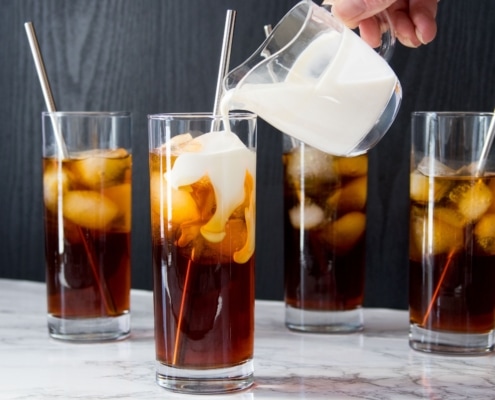 https://www.siamhillscoffee.com/wp-content/uploads/20-Best-Barista-Coffee-Recipes-–-Your-Perfectly-Delicious-Coffee-Treat-–-9-scaled.jpg
1707
2560
Siamhillscoffee
https://www.siamhillscoffee.com/wp-content/uploads/coffee-logo.png
Siamhillscoffee2021-02-12 02:51:302021-02-20 14:07:0420 Best Barista Coffee Recipes – Your Perfectly Delicious Coffee Treat –
https://www.siamhillscoffee.com/wp-content/uploads/20-Best-Barista-Coffee-Recipes-–-Your-Perfectly-Delicious-Coffee-Treat-–-9-scaled.jpg
1707
2560
Siamhillscoffee
https://www.siamhillscoffee.com/wp-content/uploads/coffee-logo.png
Siamhillscoffee2021-02-12 02:51:302021-02-20 14:07:0420 Best Barista Coffee Recipes – Your Perfectly Delicious Coffee Treat –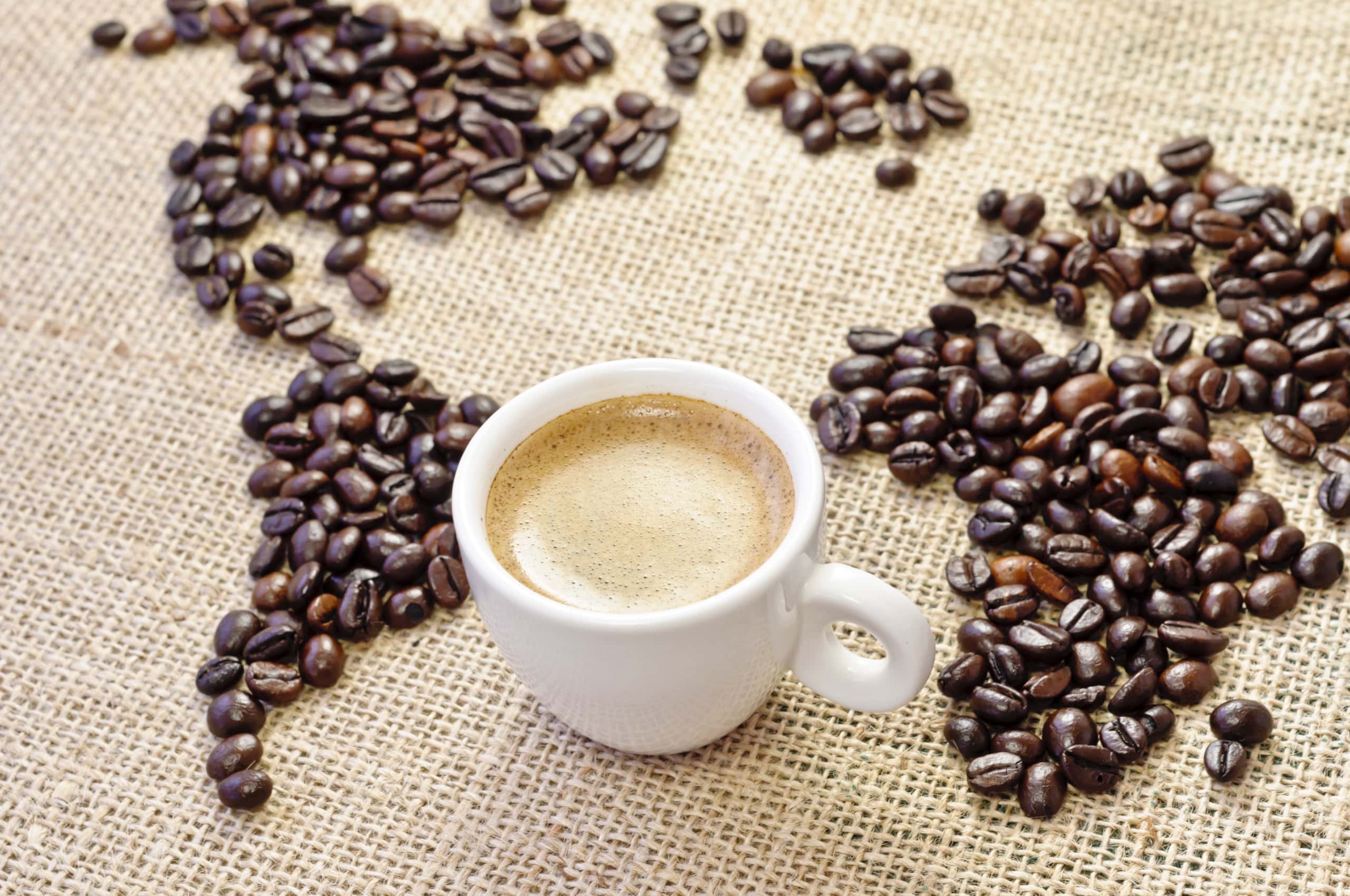 https://www.siamhillscoffee.com/wp-content/uploads/A-Coffee-Journey-–-10-Steps-From-the-Seed-to-Your-Cup-–-1-scaled.jpg
1700
2560
Siamhillscoffee
https://www.siamhillscoffee.com/wp-content/uploads/coffee-logo.png
Siamhillscoffee2021-02-12 02:31:102021-02-20 14:09:30A Coffee Journey – 10 Steps From the Seed to Your Cup –
https://www.siamhillscoffee.com/wp-content/uploads/A-Coffee-Journey-–-10-Steps-From-the-Seed-to-Your-Cup-–-1-scaled.jpg
1700
2560
Siamhillscoffee
https://www.siamhillscoffee.com/wp-content/uploads/coffee-logo.png
Siamhillscoffee2021-02-12 02:31:102021-02-20 14:09:30A Coffee Journey – 10 Steps From the Seed to Your Cup –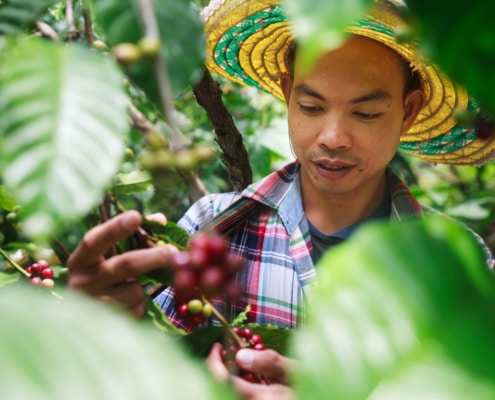 https://www.siamhillscoffee.com/wp-content/uploads/What-is-Shade-Grown-Coffee-–-Does-it-Make-our-Coffee-Taste-Better-–-1-scaled.jpg
1707
2560
Siamhillscoffee
https://www.siamhillscoffee.com/wp-content/uploads/coffee-logo.png
Siamhillscoffee2021-02-12 02:15:222021-03-03 13:36:34What is Shade-Grown Coffee? – Does it Make our Coffee Taste Better? –
https://www.siamhillscoffee.com/wp-content/uploads/What-is-Shade-Grown-Coffee-–-Does-it-Make-our-Coffee-Taste-Better-–-1-scaled.jpg
1707
2560
Siamhillscoffee
https://www.siamhillscoffee.com/wp-content/uploads/coffee-logo.png
Siamhillscoffee2021-02-12 02:15:222021-03-03 13:36:34What is Shade-Grown Coffee? – Does it Make our Coffee Taste Better? – https://www.siamhillscoffee.com/wp-content/uploads/Coffee-Diet-–-Can-You-Really-Lose-Weight-With-Coffee-–-1-2-scaled.jpg
1708
2560
Siamhillscoffee
https://www.siamhillscoffee.com/wp-content/uploads/coffee-logo.png
Siamhillscoffee2021-02-12 02:07:232021-03-03 13:38:57Coffee Diet – Can You Really Lose Weight With Coffee? –
https://www.siamhillscoffee.com/wp-content/uploads/Coffee-Diet-–-Can-You-Really-Lose-Weight-With-Coffee-–-1-2-scaled.jpg
1708
2560
Siamhillscoffee
https://www.siamhillscoffee.com/wp-content/uploads/coffee-logo.png
Siamhillscoffee2021-02-12 02:07:232021-03-03 13:38:57Coffee Diet – Can You Really Lose Weight With Coffee? –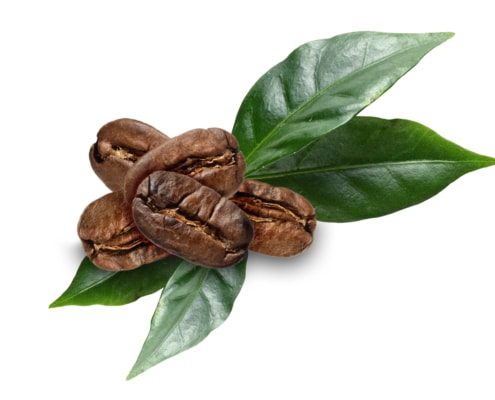 https://www.siamhillscoffee.com/wp-content/uploads/The-Coffee-Bean-–-Its-Anatomy-and-Everything-You-Need-to-Know-–-8-scaled.jpg
1518
2560
Siamhillscoffee
https://www.siamhillscoffee.com/wp-content/uploads/coffee-logo.png
Siamhillscoffee2021-02-11 04:45:162021-03-03 13:41:52The Coffee Bean – Its Anatomy and Everything You Need to Know –
https://www.siamhillscoffee.com/wp-content/uploads/The-Coffee-Bean-–-Its-Anatomy-and-Everything-You-Need-to-Know-–-8-scaled.jpg
1518
2560
Siamhillscoffee
https://www.siamhillscoffee.com/wp-content/uploads/coffee-logo.png
Siamhillscoffee2021-02-11 04:45:162021-03-03 13:41:52The Coffee Bean – Its Anatomy and Everything You Need to Know –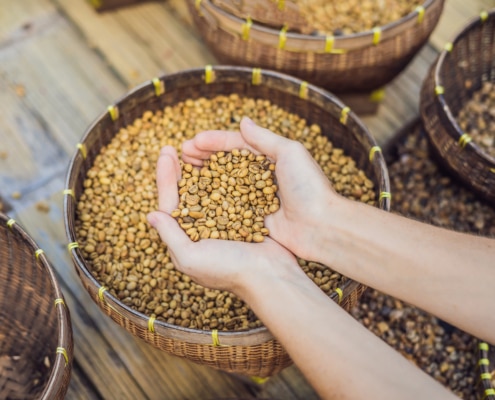 https://www.siamhillscoffee.com/wp-content/uploads/Kopi_Luwak_Coffee_The_Most_Expensive_Coffee_An_Honest_Opinion-4.jpg
1414
2121
Siamhillscoffee
https://www.siamhillscoffee.com/wp-content/uploads/coffee-logo.png
Siamhillscoffee2020-03-08 13:43:142021-03-03 13:34:22Kopi Luwak Coffee – The Most Expensive Coffee – An Honest Opinion
https://www.siamhillscoffee.com/wp-content/uploads/Kopi_Luwak_Coffee_The_Most_Expensive_Coffee_An_Honest_Opinion-4.jpg
1414
2121
Siamhillscoffee
https://www.siamhillscoffee.com/wp-content/uploads/coffee-logo.png
Siamhillscoffee2020-03-08 13:43:142021-03-03 13:34:22Kopi Luwak Coffee – The Most Expensive Coffee – An Honest Opinion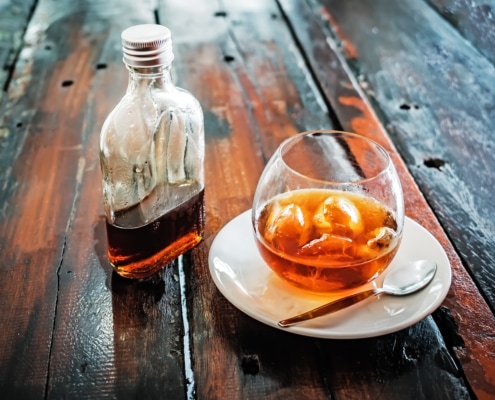 https://www.siamhillscoffee.com/wp-content/uploads/Cold_Brew_Coffee_An_Honest_Opinion_All_You_Need_To_Know_1.jpg
3144
4608
Siamhillscoffee
https://www.siamhillscoffee.com/wp-content/uploads/coffee-logo.png
Siamhillscoffee2019-11-06 05:01:152021-03-03 13:30:17Cold Brew Coffee – An Honest Opinion – All You Need to Know
https://www.siamhillscoffee.com/wp-content/uploads/Cold_Brew_Coffee_An_Honest_Opinion_All_You_Need_To_Know_1.jpg
3144
4608
Siamhillscoffee
https://www.siamhillscoffee.com/wp-content/uploads/coffee-logo.png
Siamhillscoffee2019-11-06 05:01:152021-03-03 13:30:17Cold Brew Coffee – An Honest Opinion – All You Need to Know https://www.siamhillscoffee.com/wp-content/uploads/10_reasons_to_drink_coffee_every_day.jpg
1414
2121
Siamhillscoffee
https://www.siamhillscoffee.com/wp-content/uploads/coffee-logo.png
Siamhillscoffee2019-11-05 07:26:292021-03-03 13:31:5310 Reasons to Drink Coffee Every Day
https://www.siamhillscoffee.com/wp-content/uploads/10_reasons_to_drink_coffee_every_day.jpg
1414
2121
Siamhillscoffee
https://www.siamhillscoffee.com/wp-content/uploads/coffee-logo.png
Siamhillscoffee2019-11-05 07:26:292021-03-03 13:31:5310 Reasons to Drink Coffee Every Day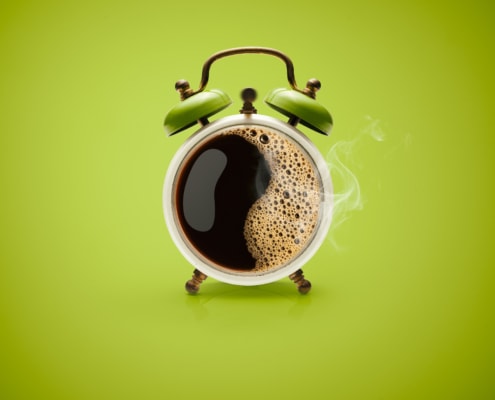 https://www.siamhillscoffee.com/wp-content/uploads/Do-Coffee-Drinkers-Live-Longer-Siam-Hills-Coffee-Blog.jpg
3141
3170
Siamhillscoffee
https://www.siamhillscoffee.com/wp-content/uploads/coffee-logo.png
Siamhillscoffee2019-05-20 04:45:512021-03-03 12:42:18Do Coffee Drinkers Live Longer?
https://www.siamhillscoffee.com/wp-content/uploads/Do-Coffee-Drinkers-Live-Longer-Siam-Hills-Coffee-Blog.jpg
3141
3170
Siamhillscoffee
https://www.siamhillscoffee.com/wp-content/uploads/coffee-logo.png
Siamhillscoffee2019-05-20 04:45:512021-03-03 12:42:18Do Coffee Drinkers Live Longer? https://www.siamhillscoffee.com/wp-content/uploads/Enjoy-Fresh-Coffee-Siam-Hills-Coffee-2.jpg
3956
5931
Siamhillscoffee
https://www.siamhillscoffee.com/wp-content/uploads/coffee-logo.png
Siamhillscoffee2019-01-12 10:21:362021-03-03 12:40:35From Our Farms To Your Cup – A Coffee Journey
https://www.siamhillscoffee.com/wp-content/uploads/Enjoy-Fresh-Coffee-Siam-Hills-Coffee-2.jpg
3956
5931
Siamhillscoffee
https://www.siamhillscoffee.com/wp-content/uploads/coffee-logo.png
Siamhillscoffee2019-01-12 10:21:362021-03-03 12:40:35From Our Farms To Your Cup – A Coffee Journey
